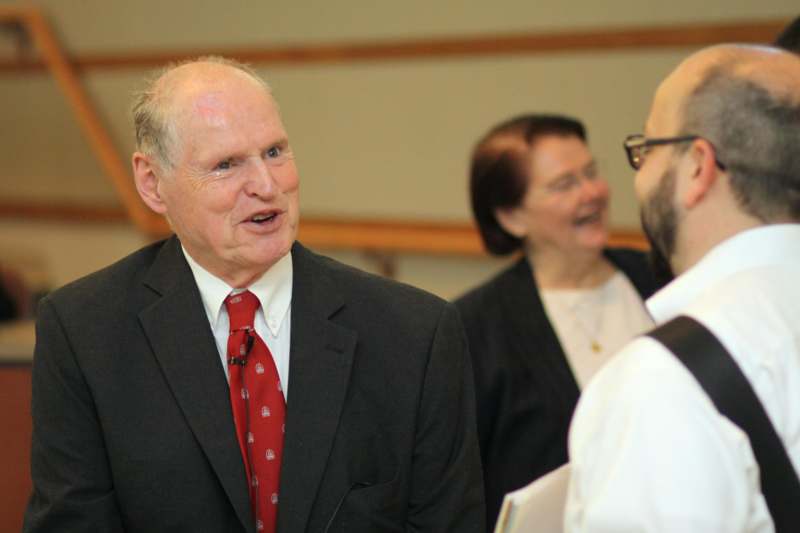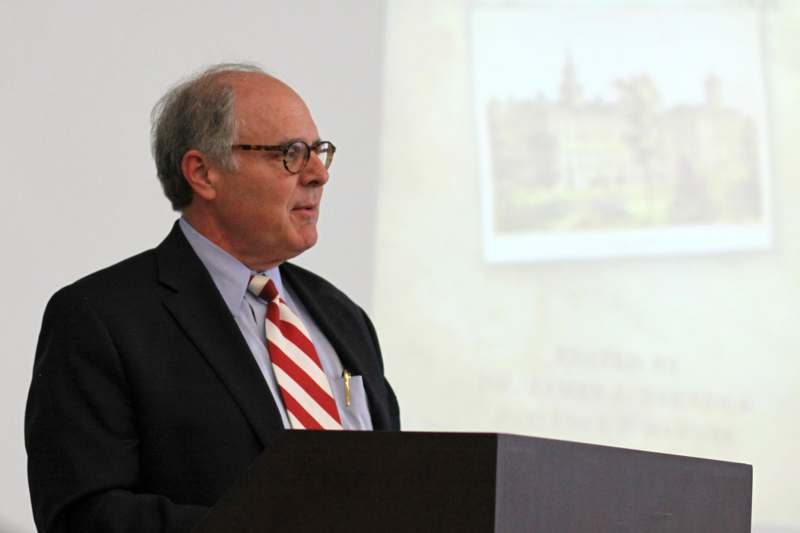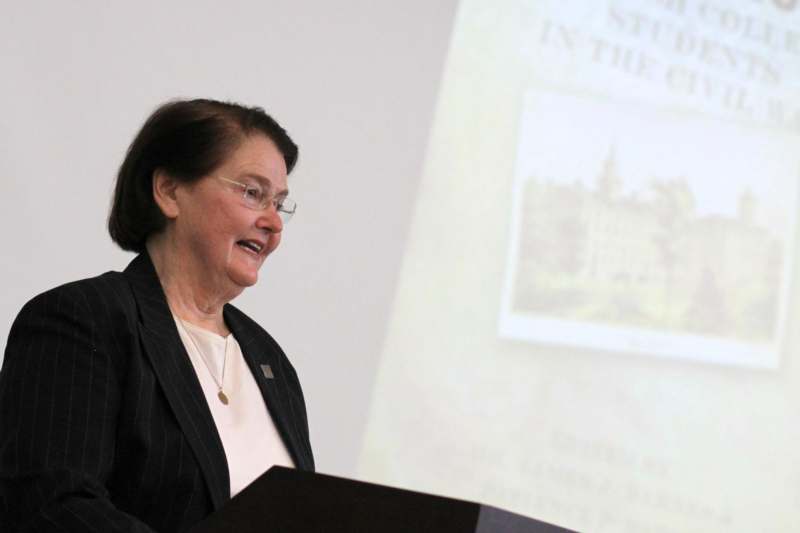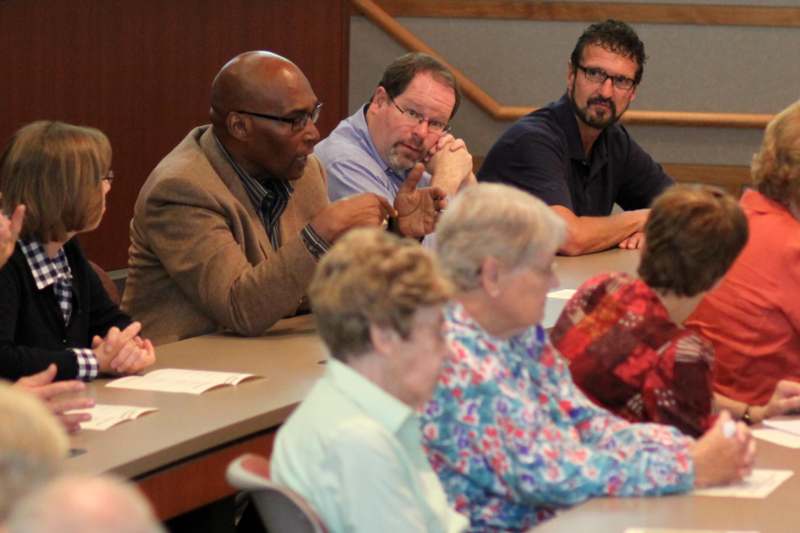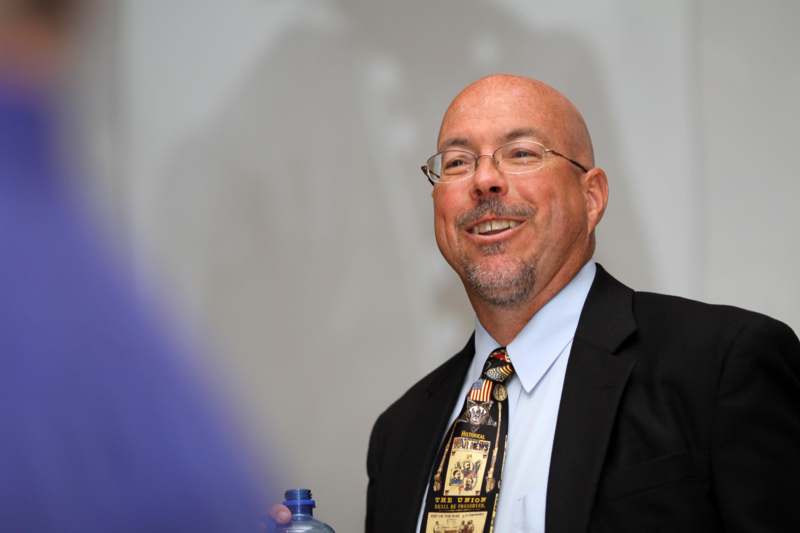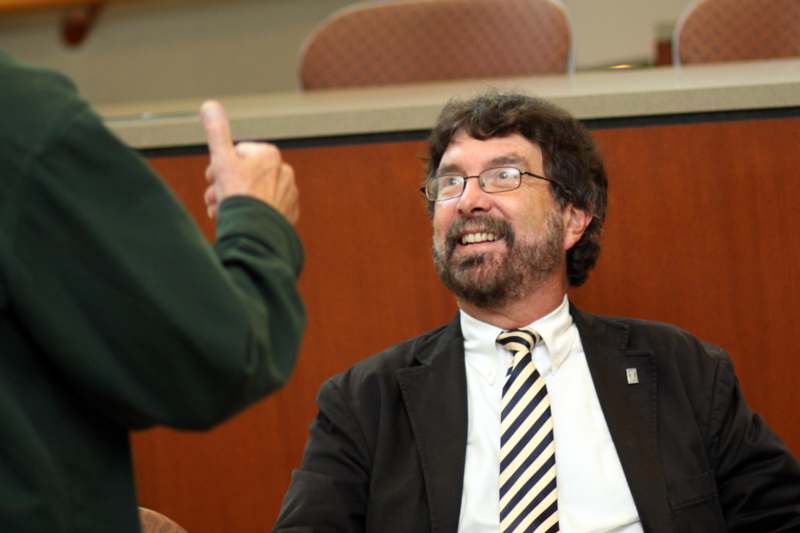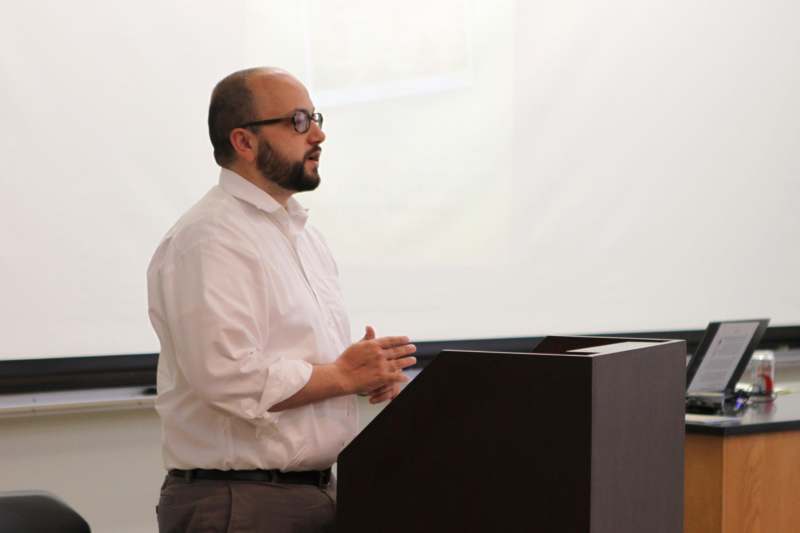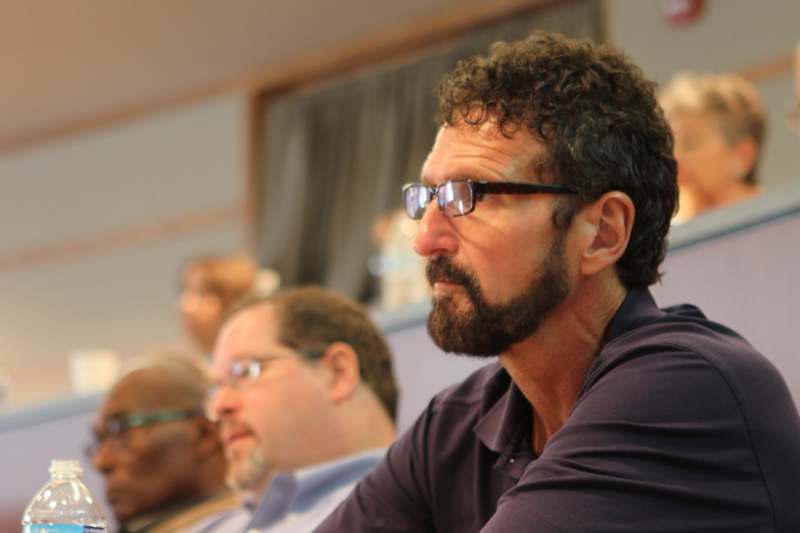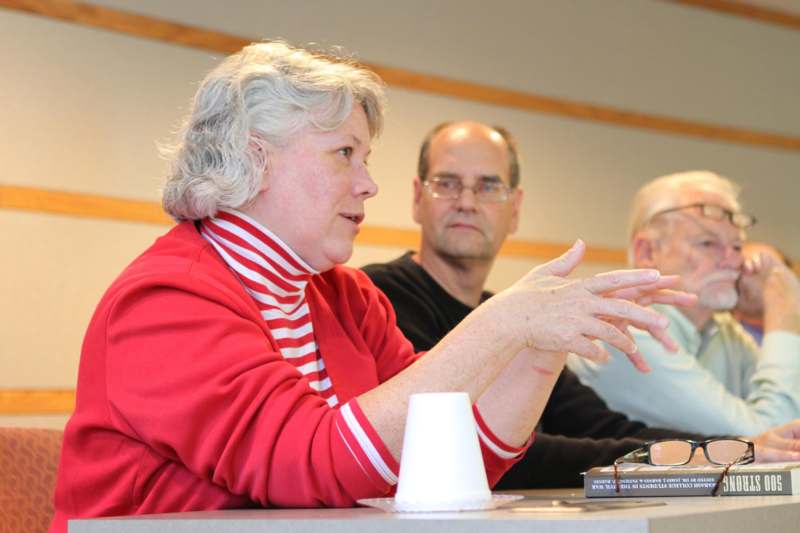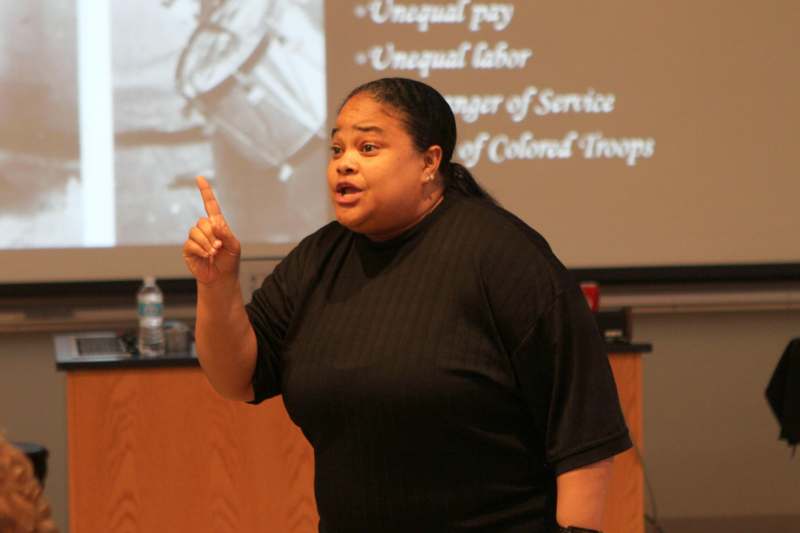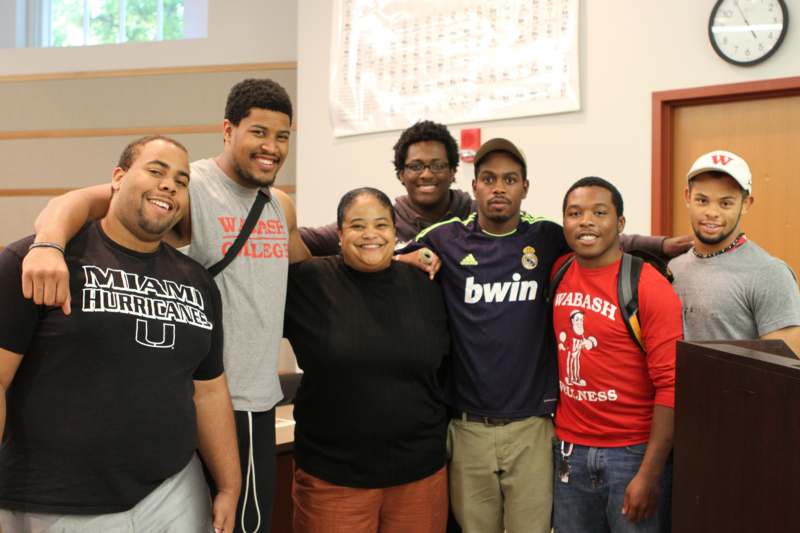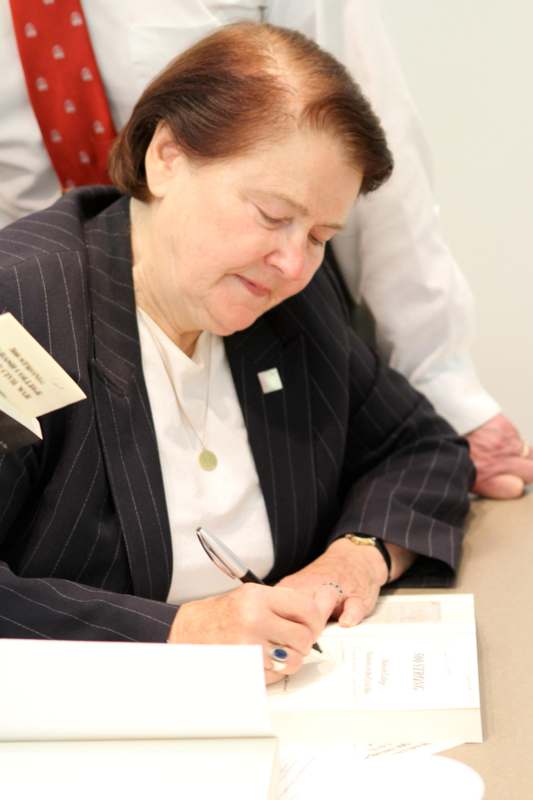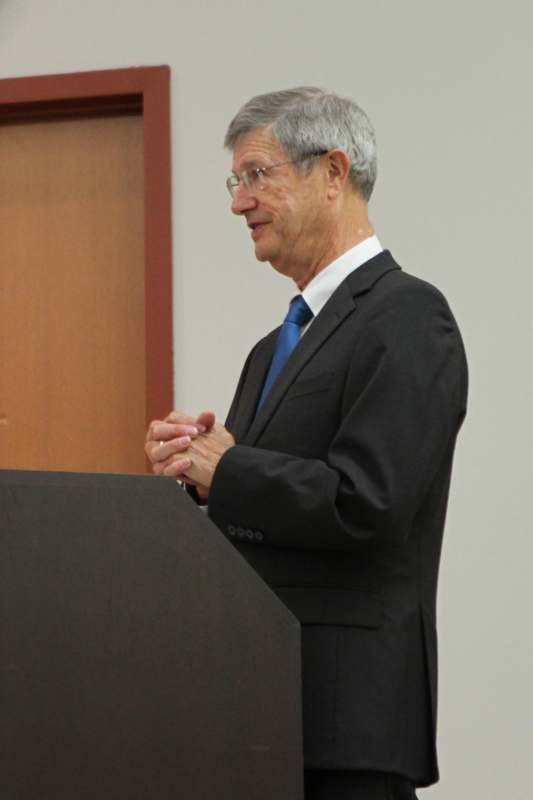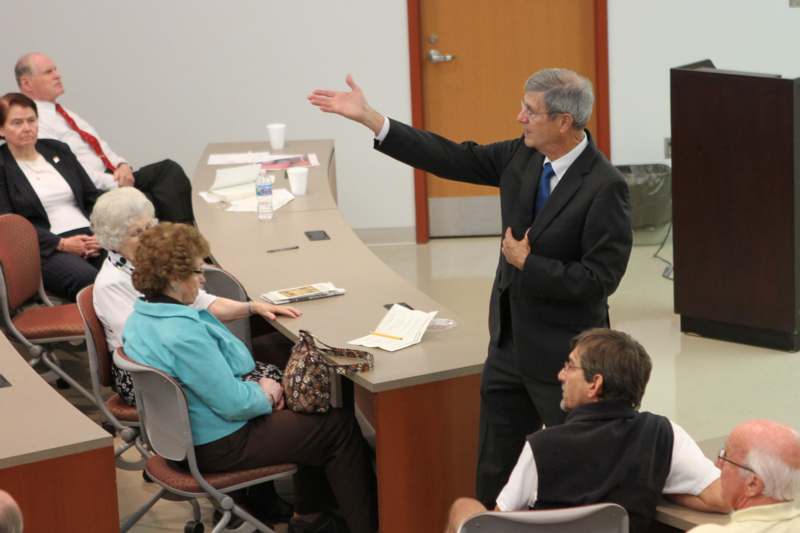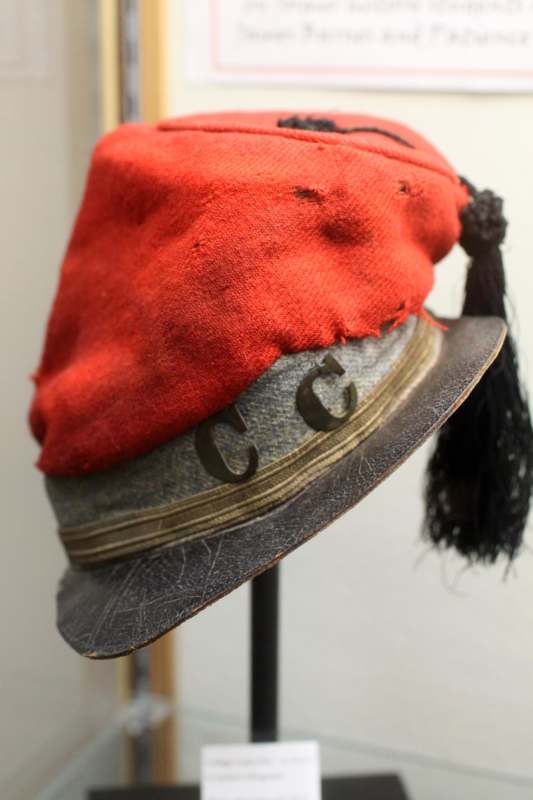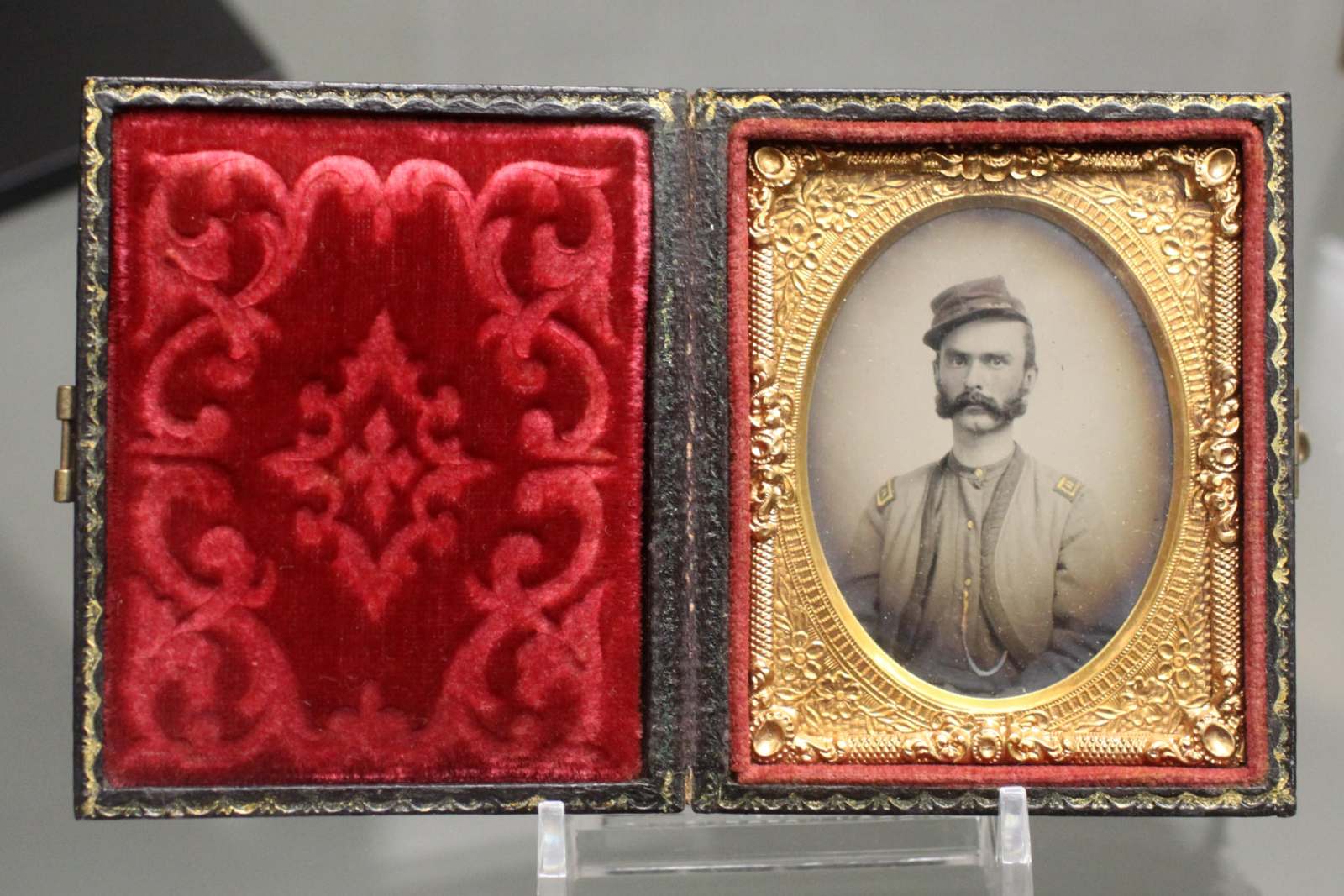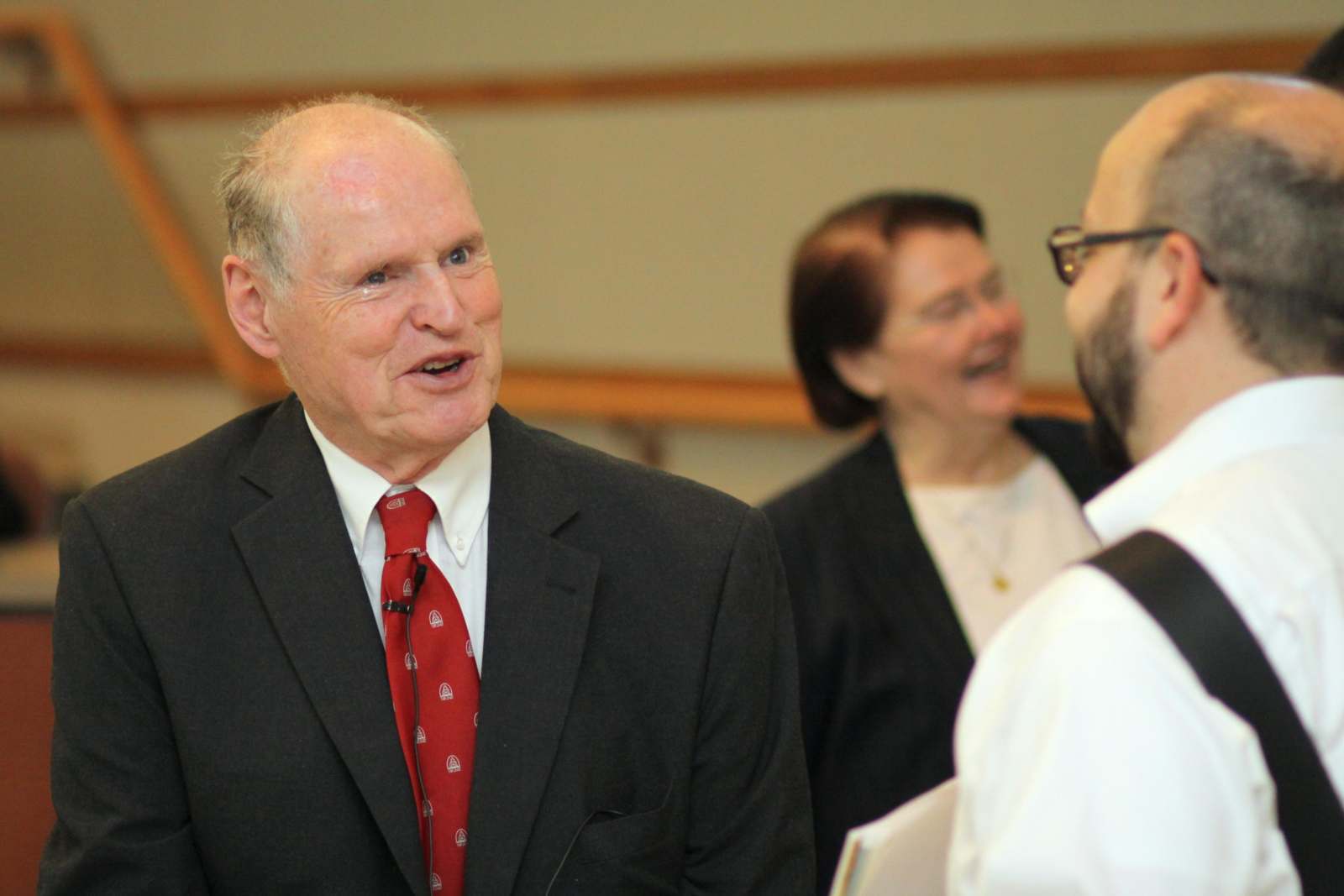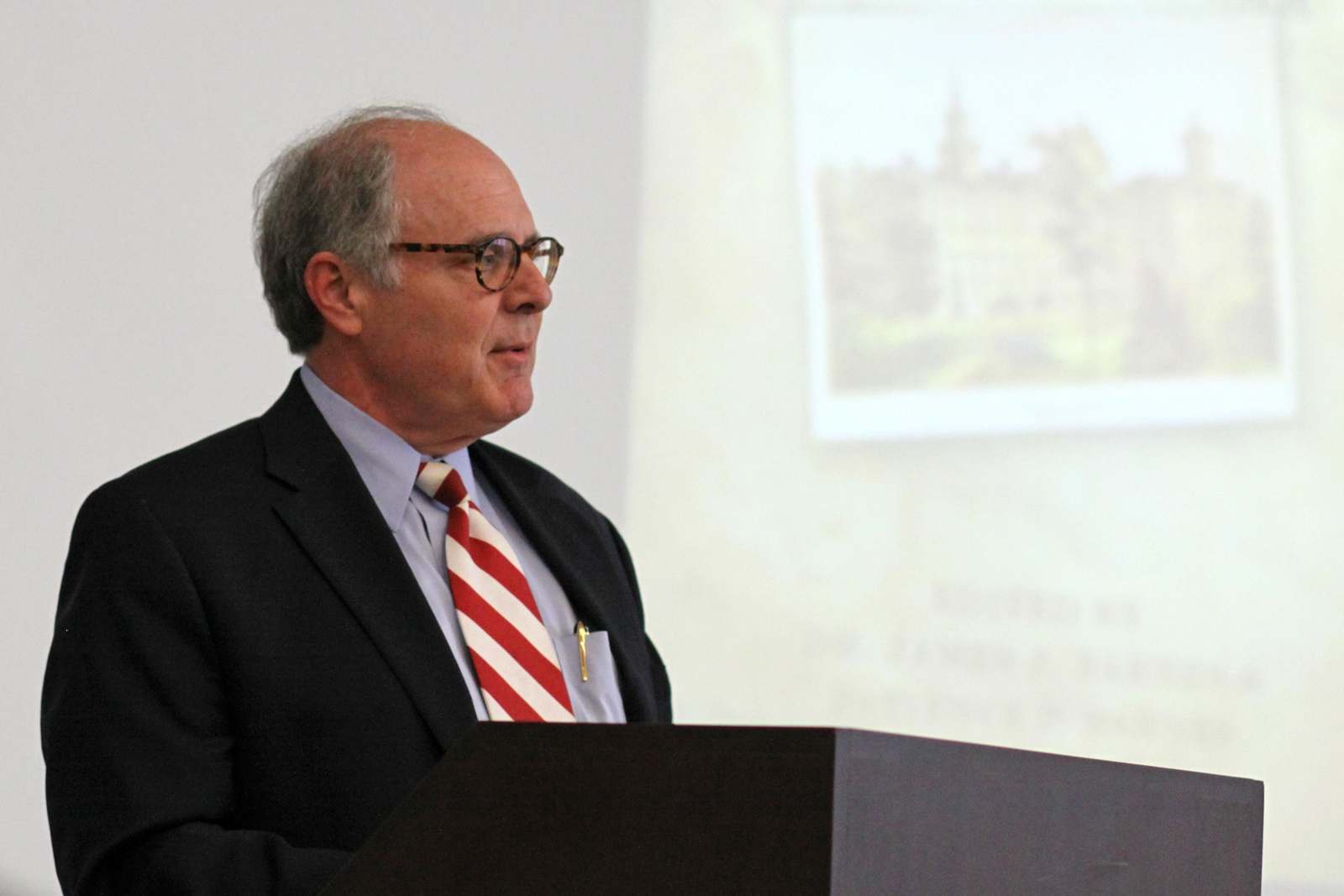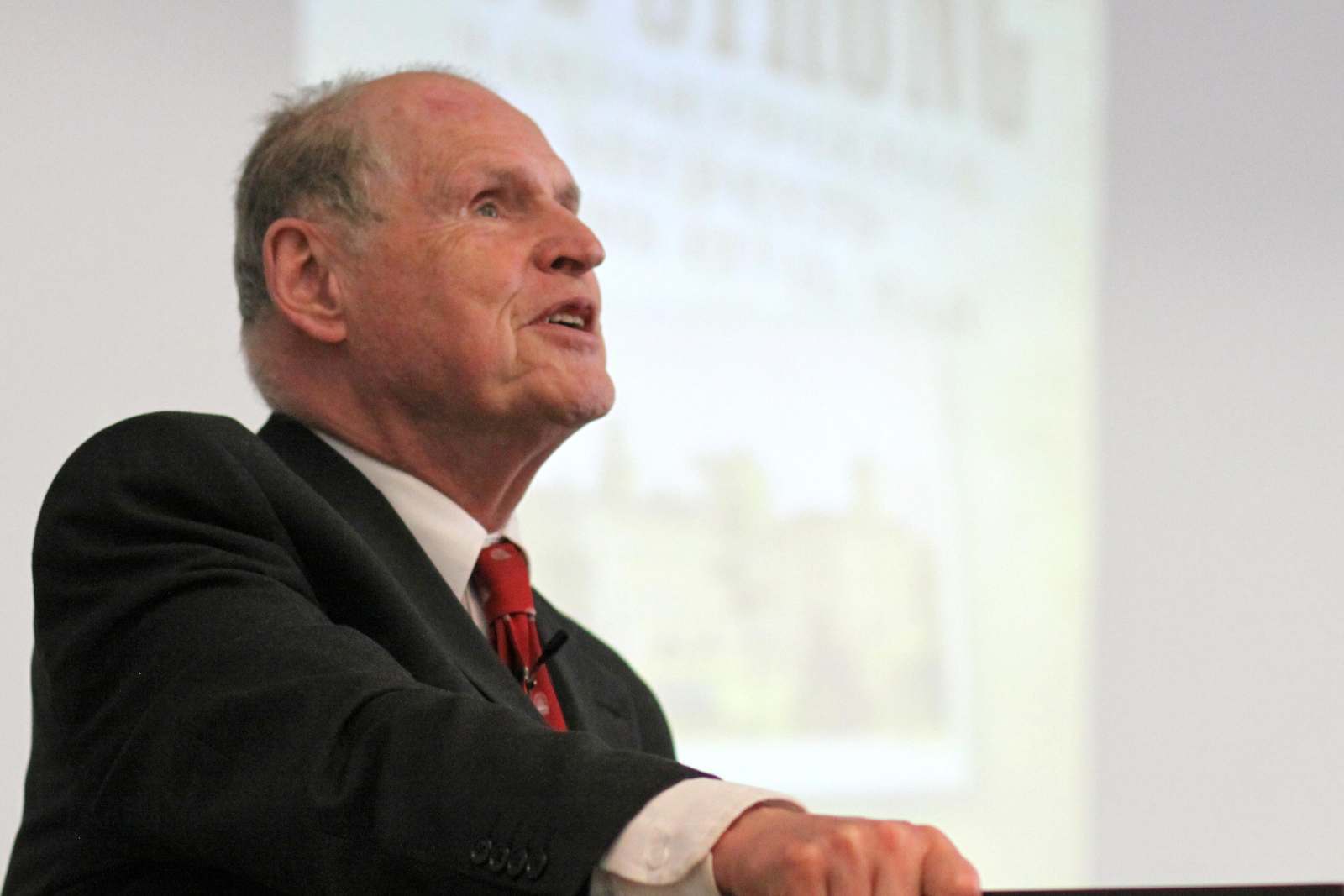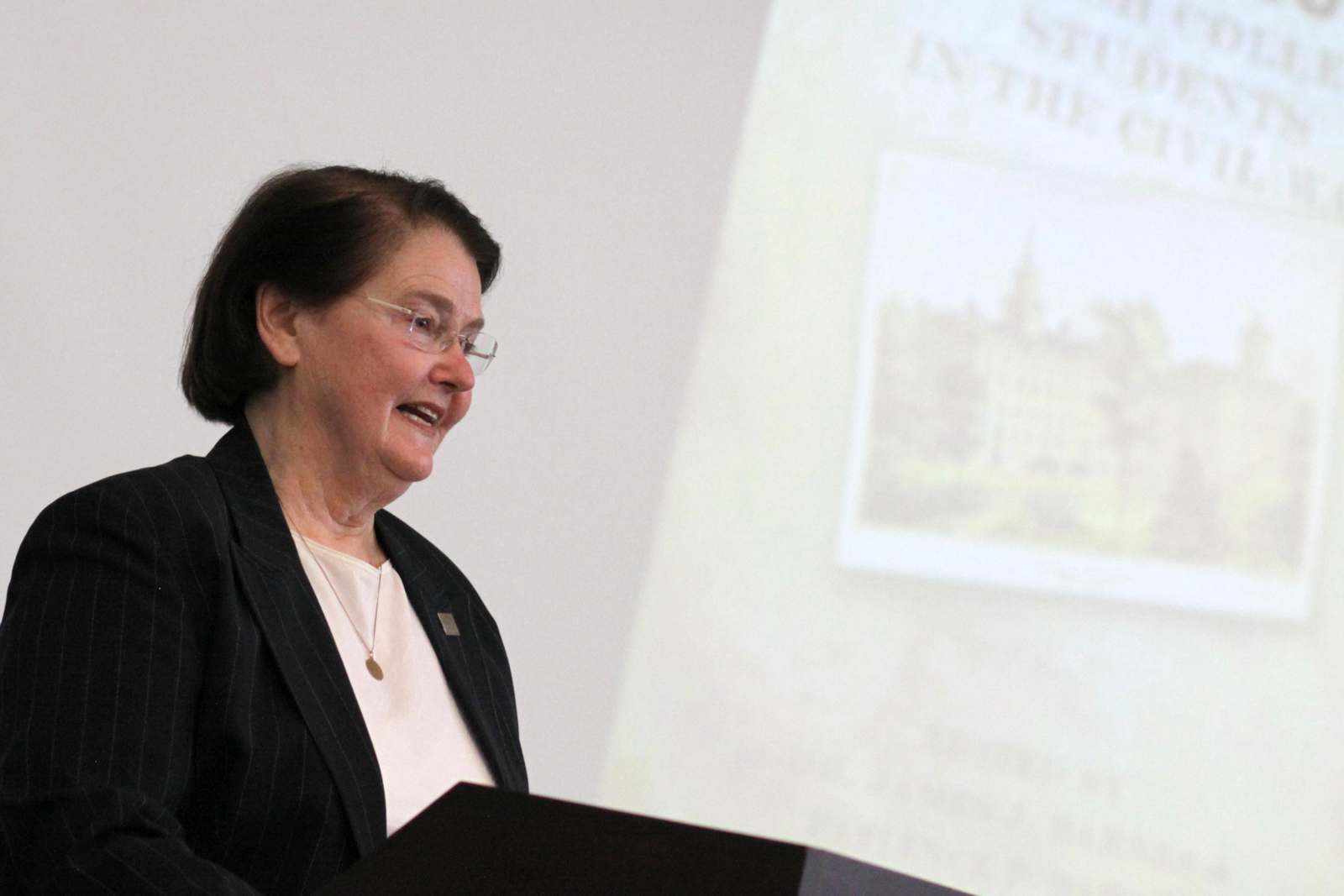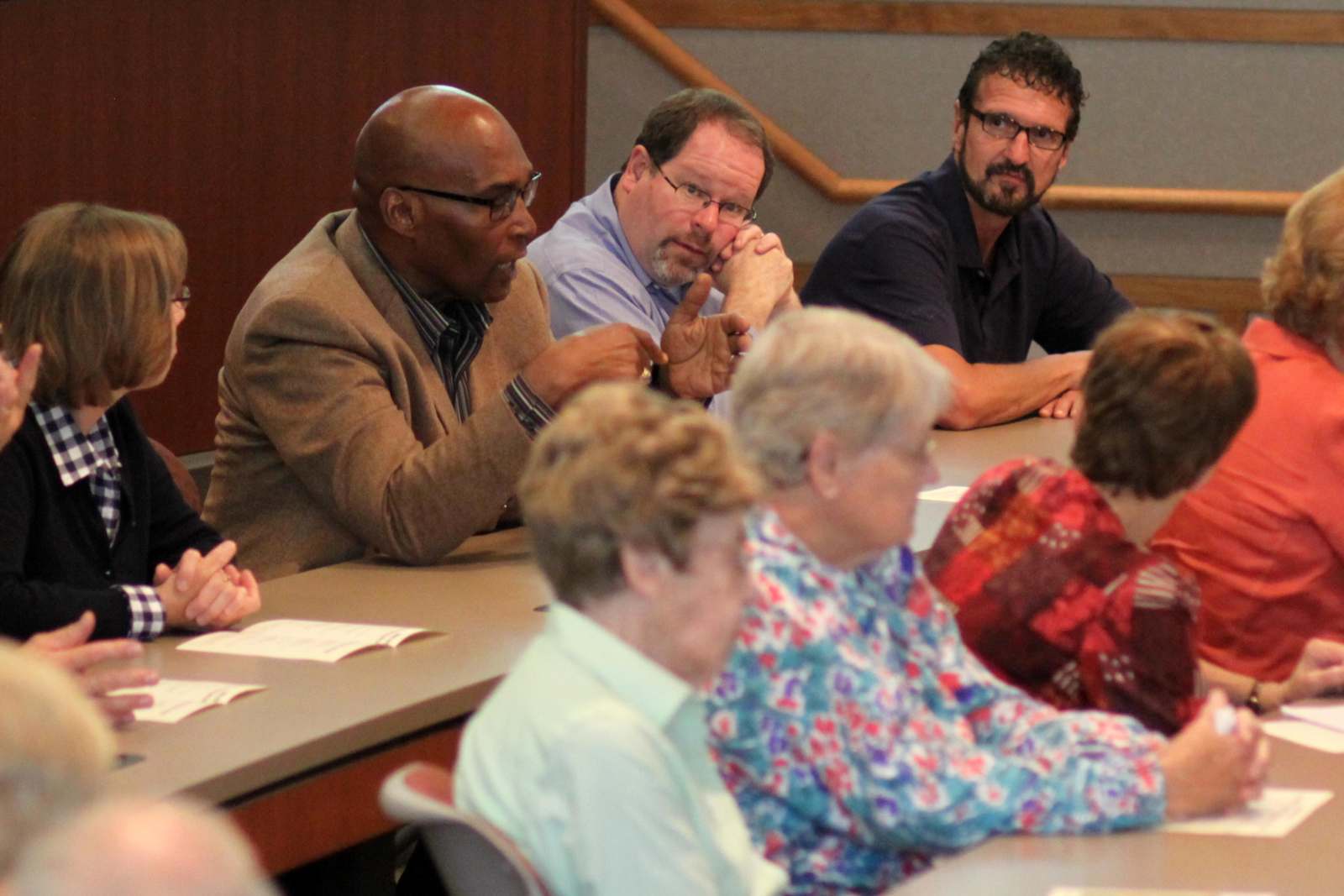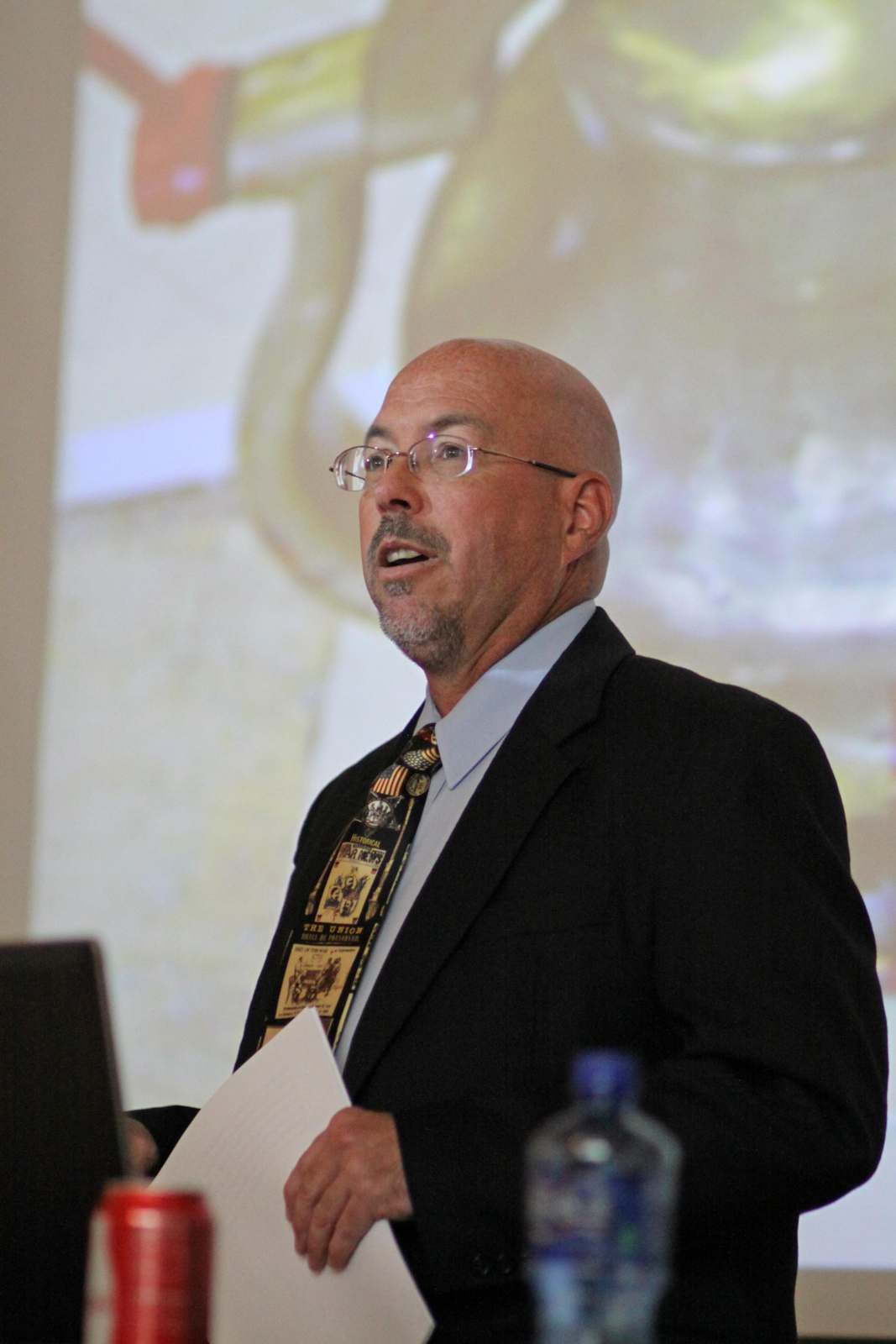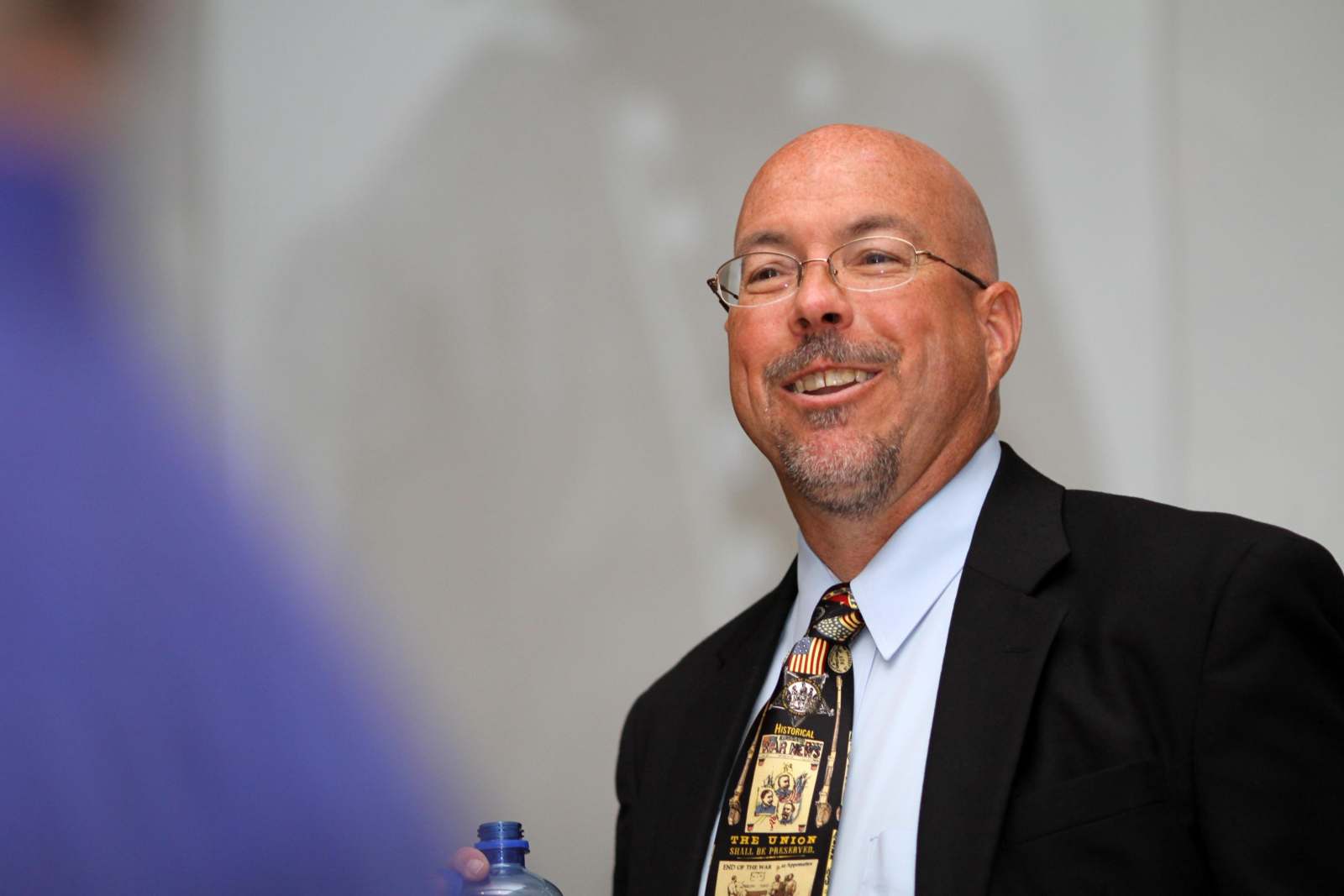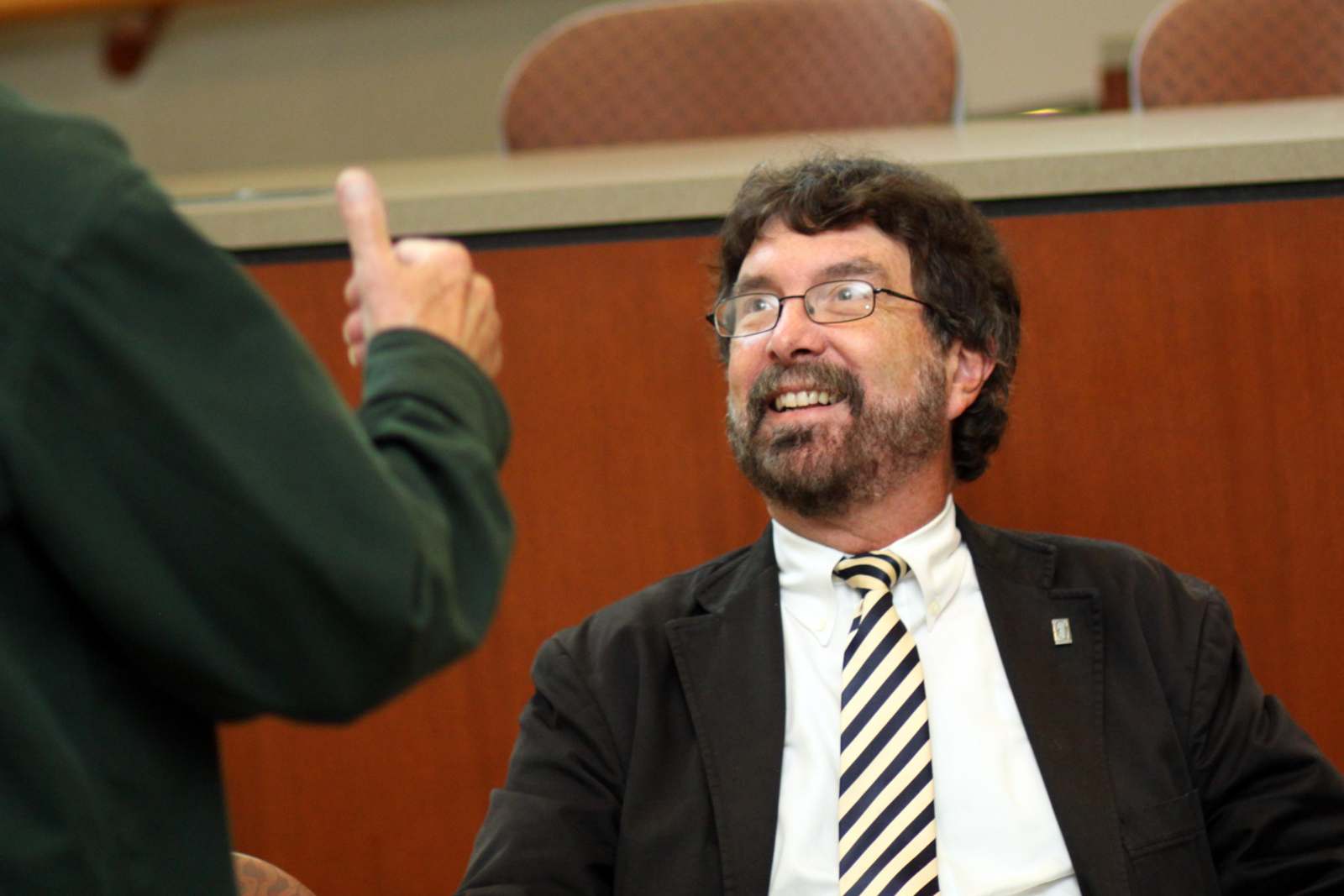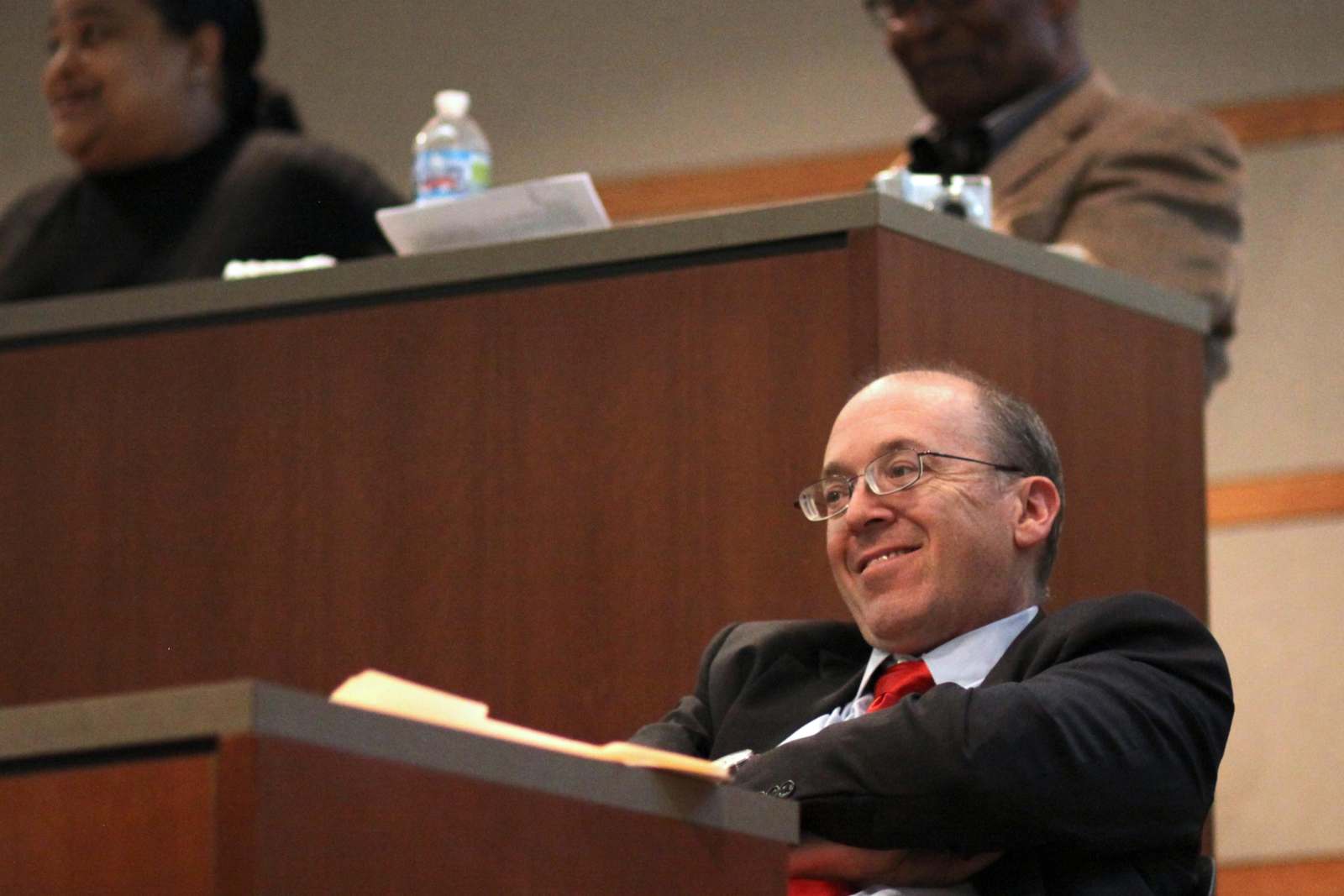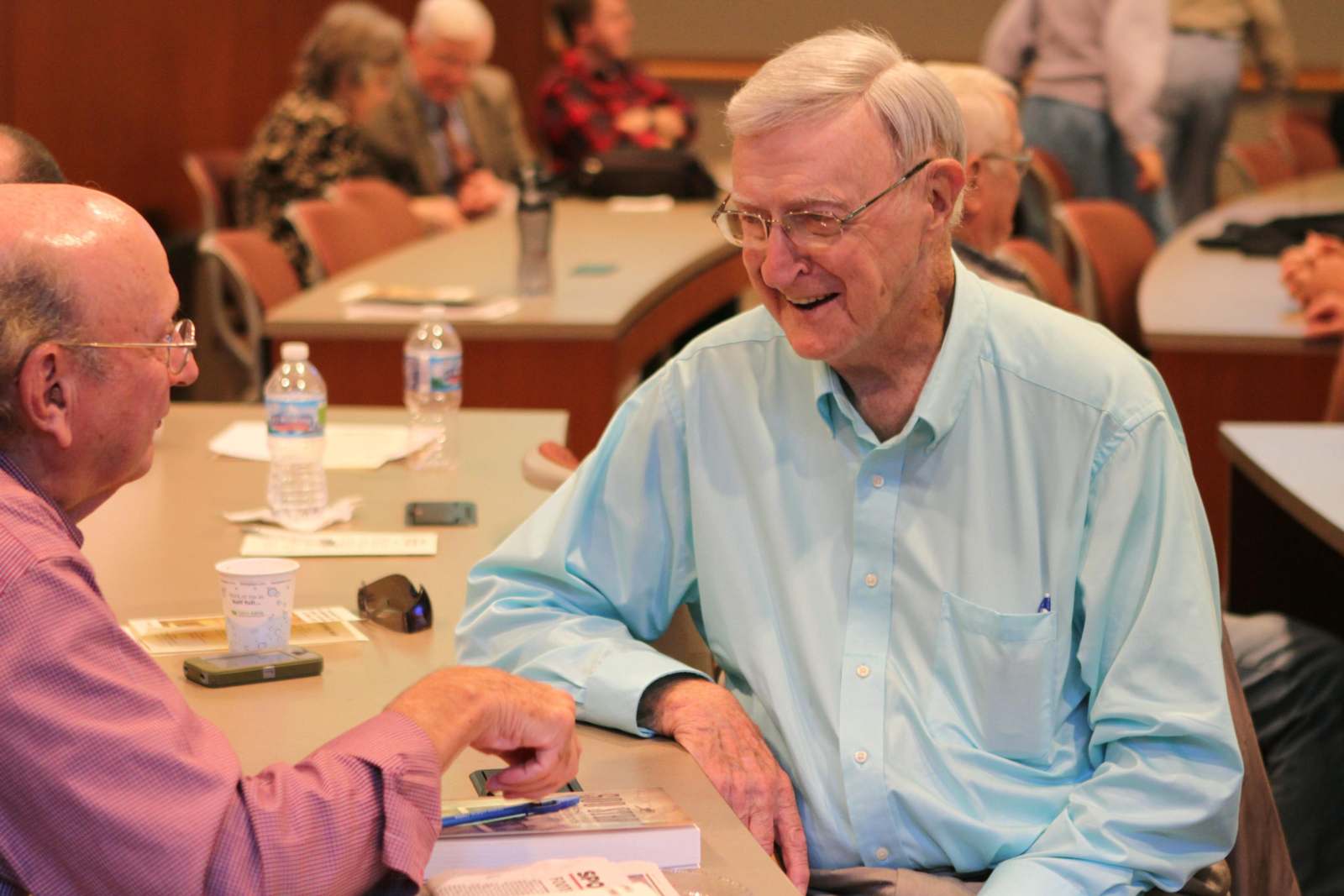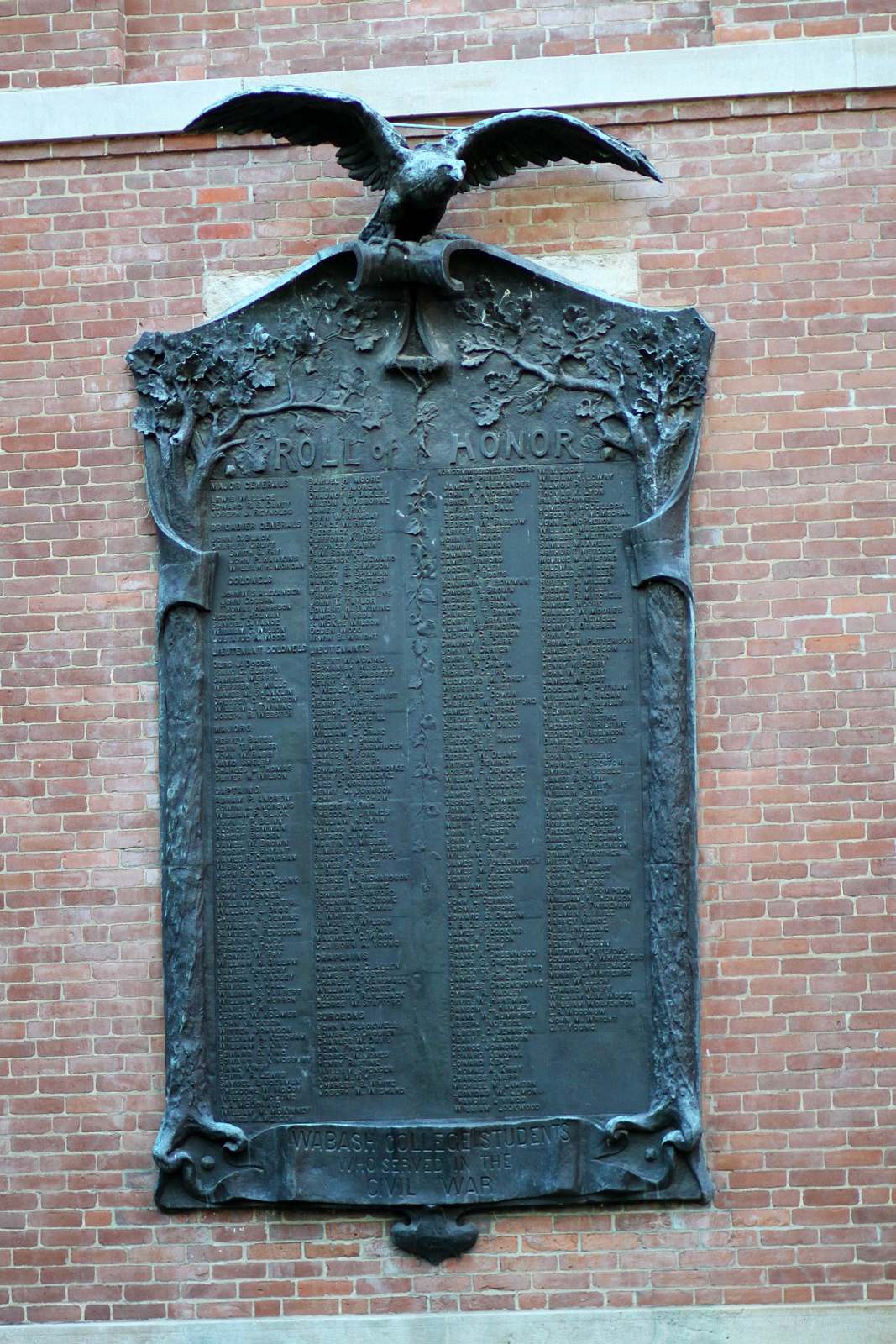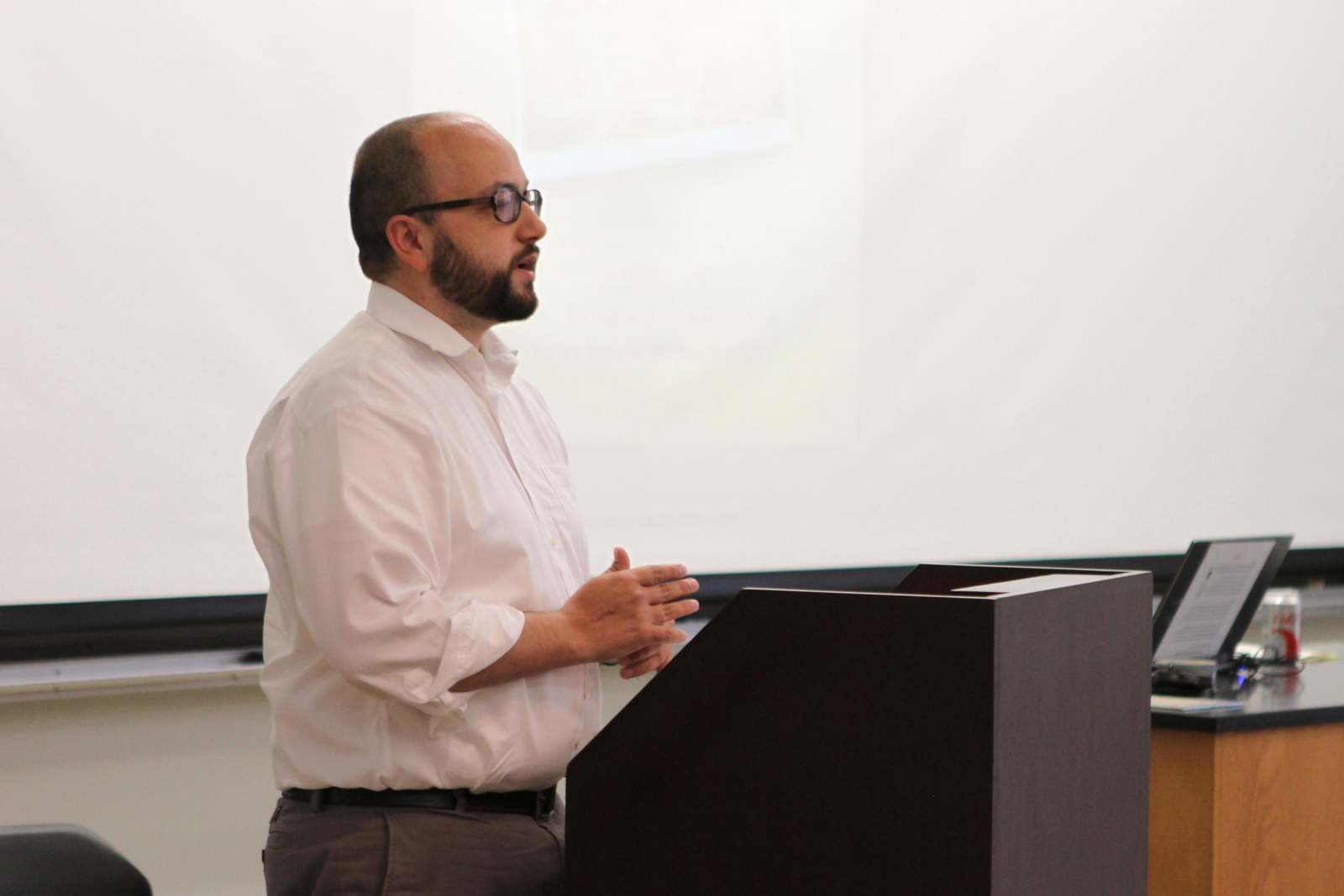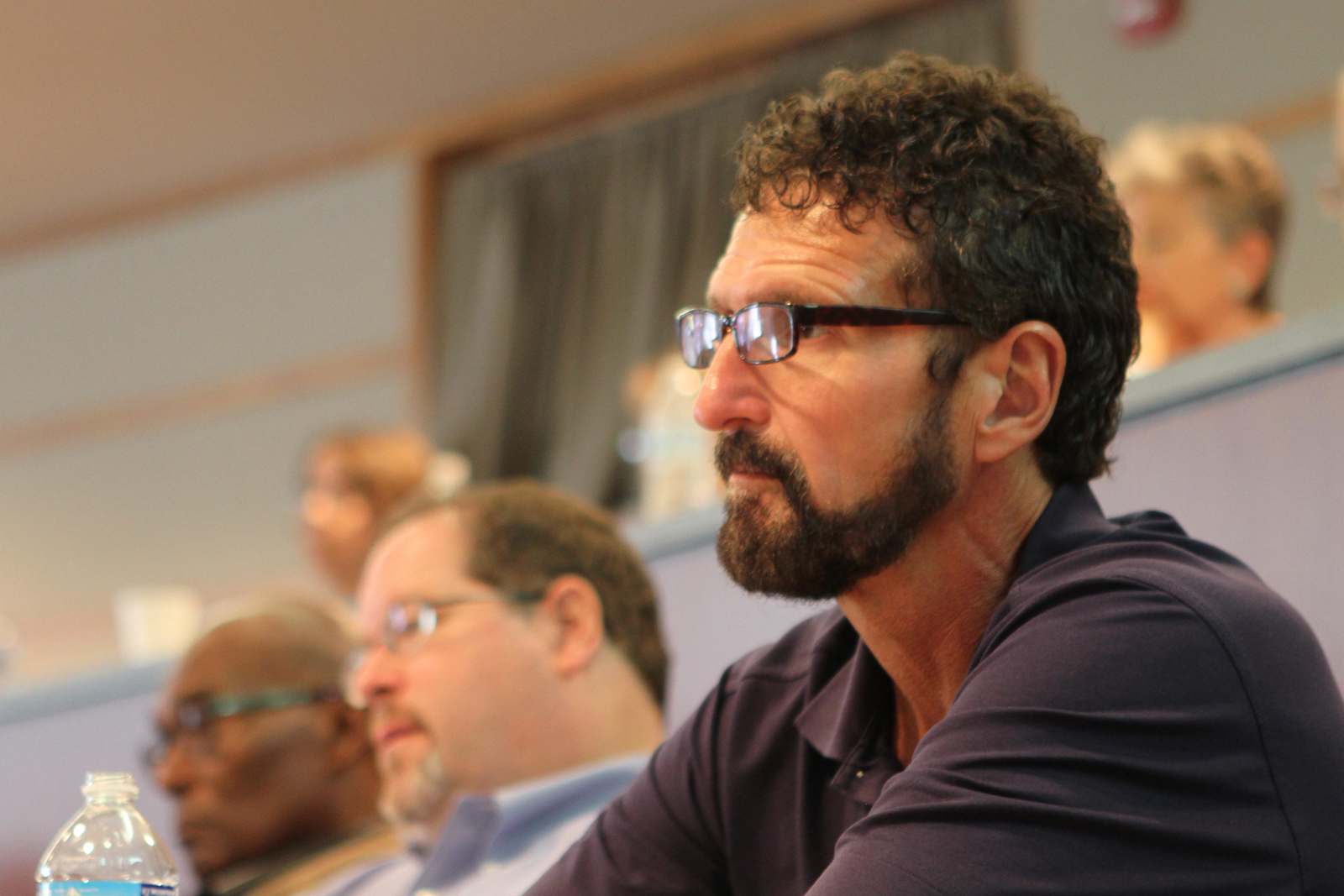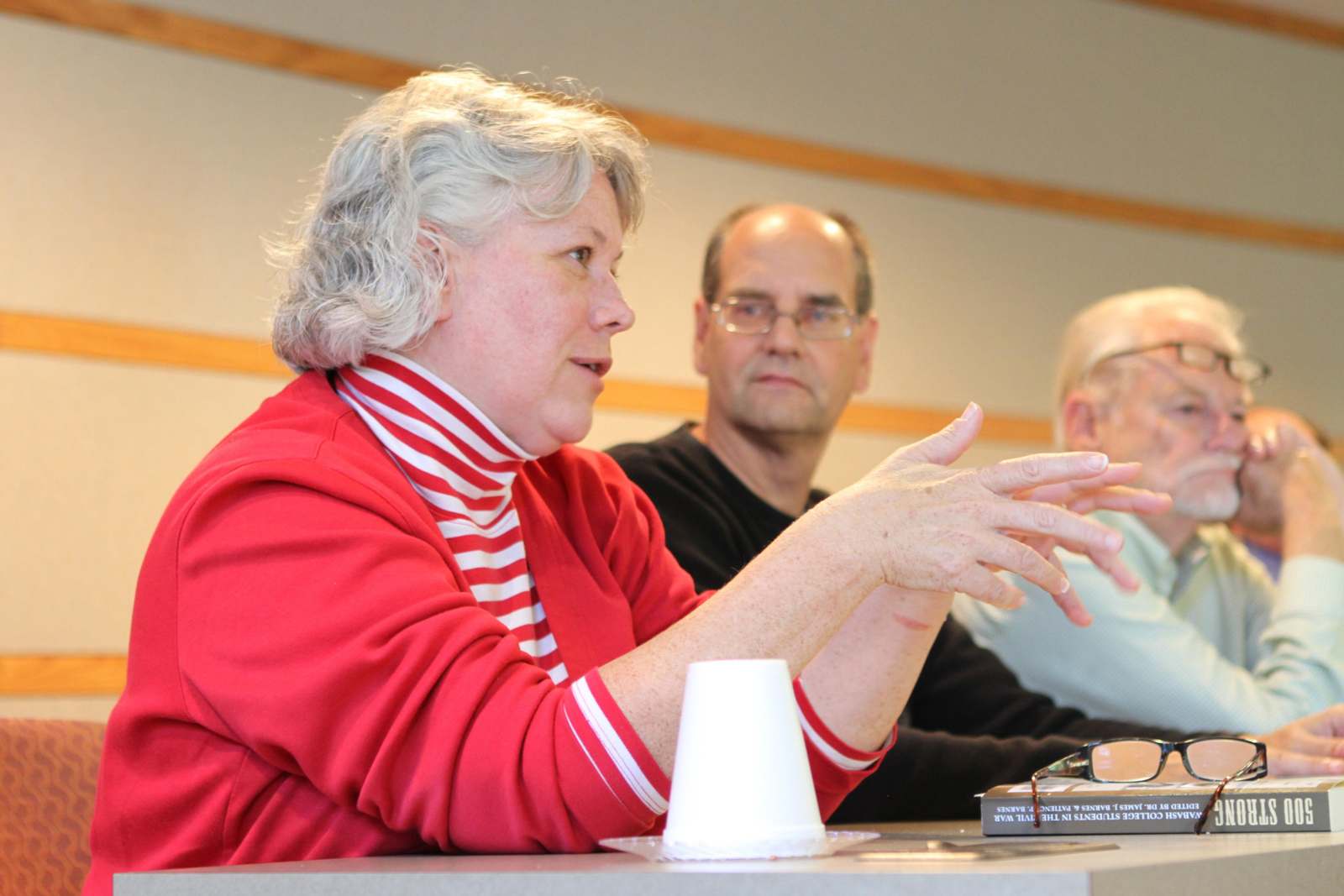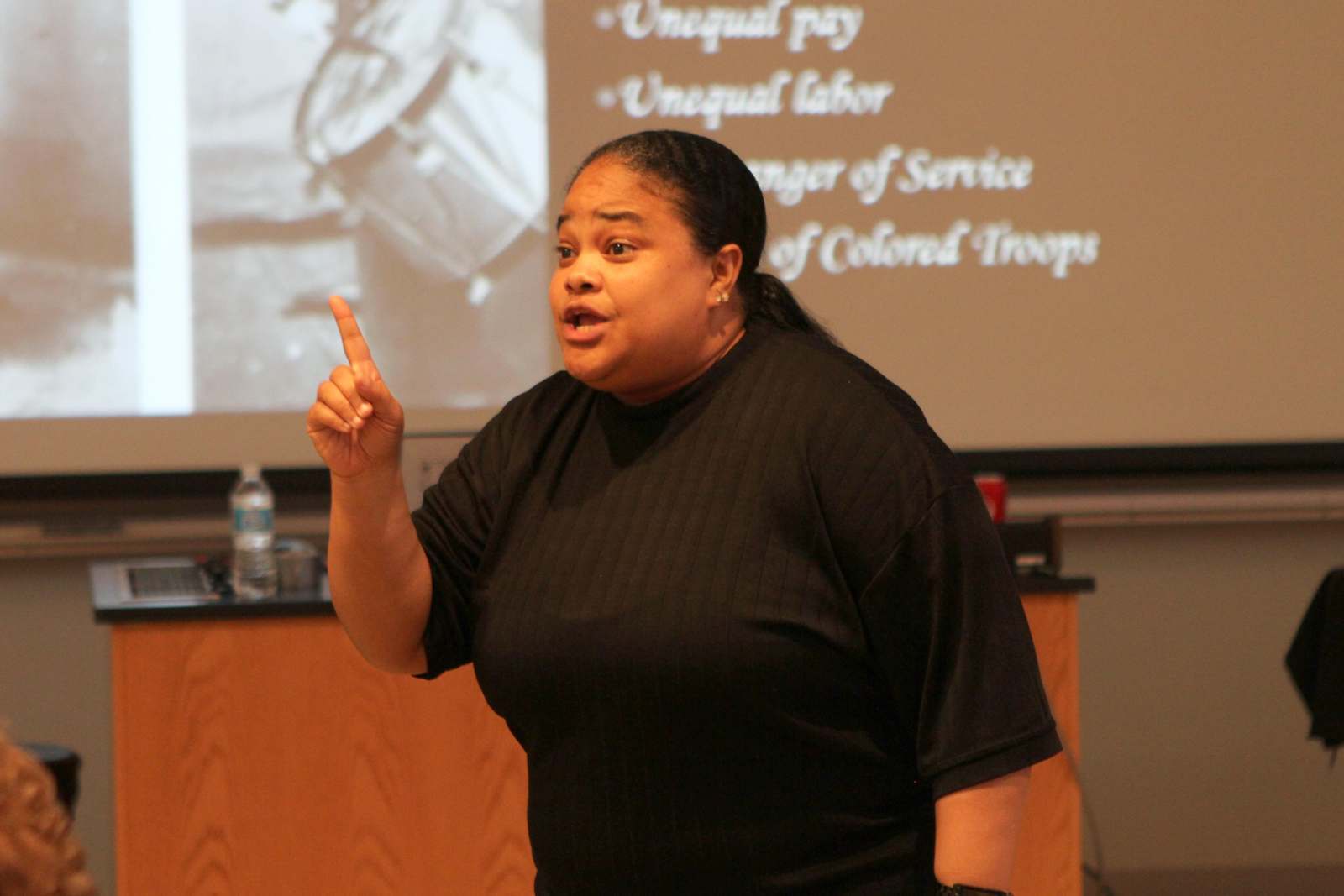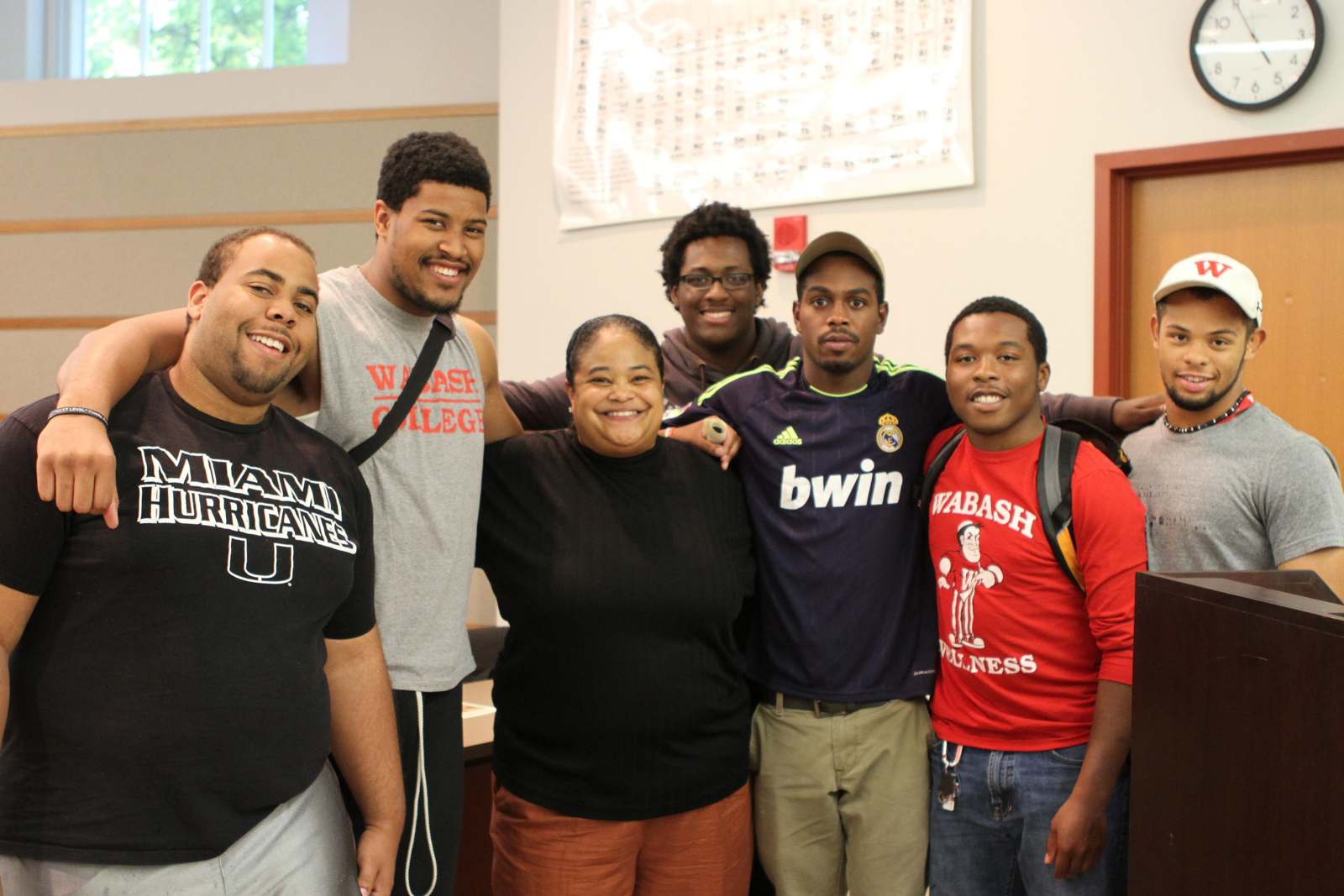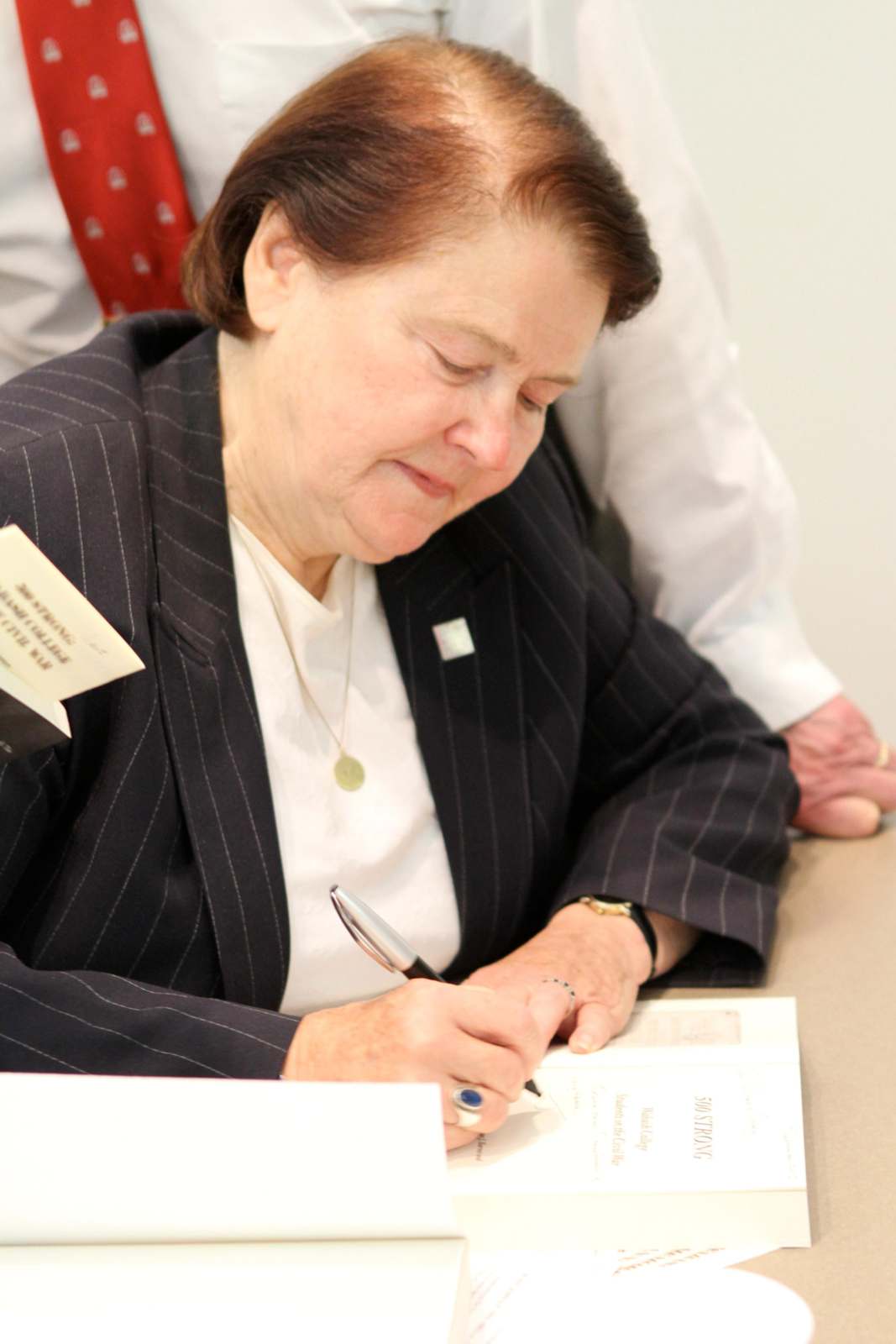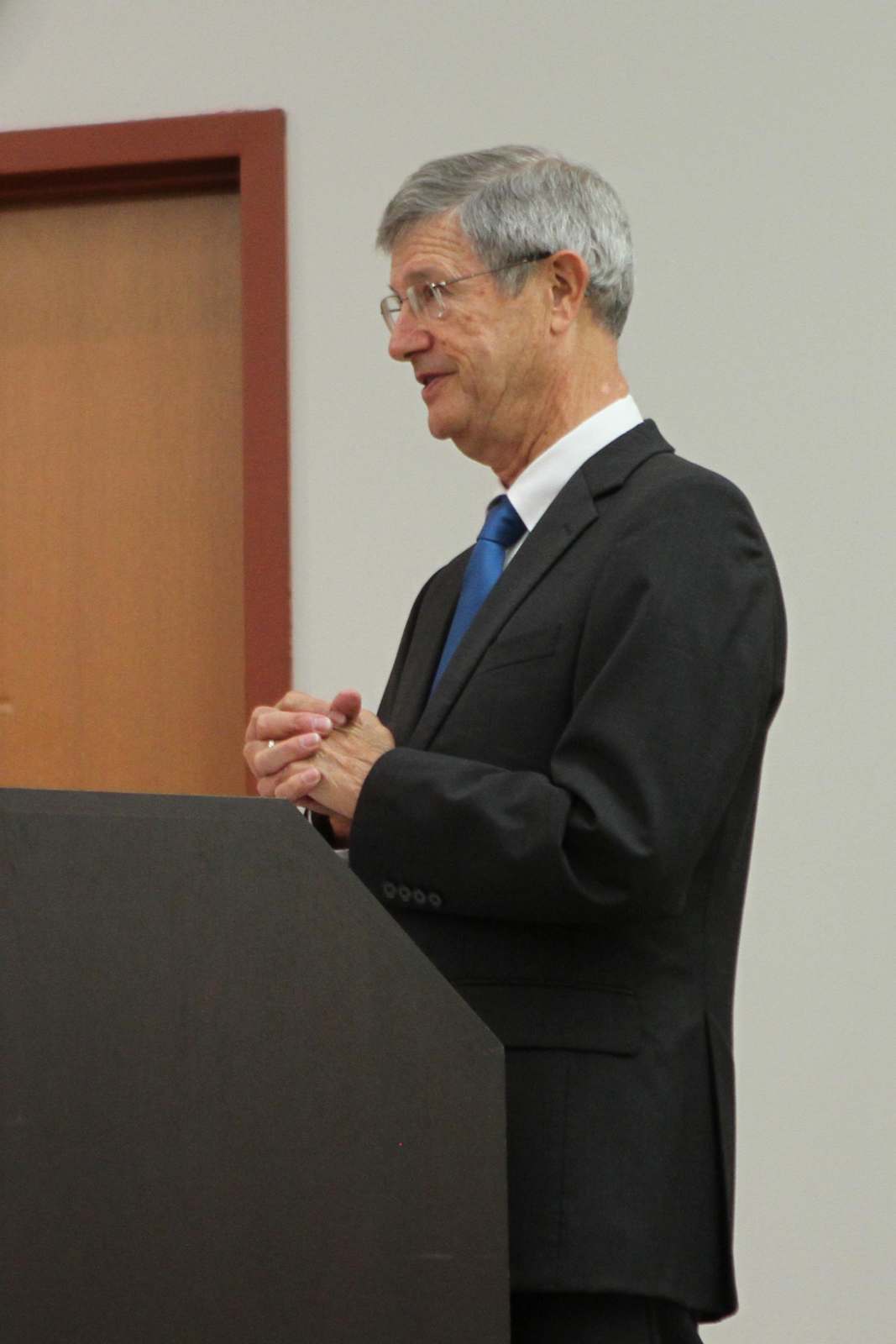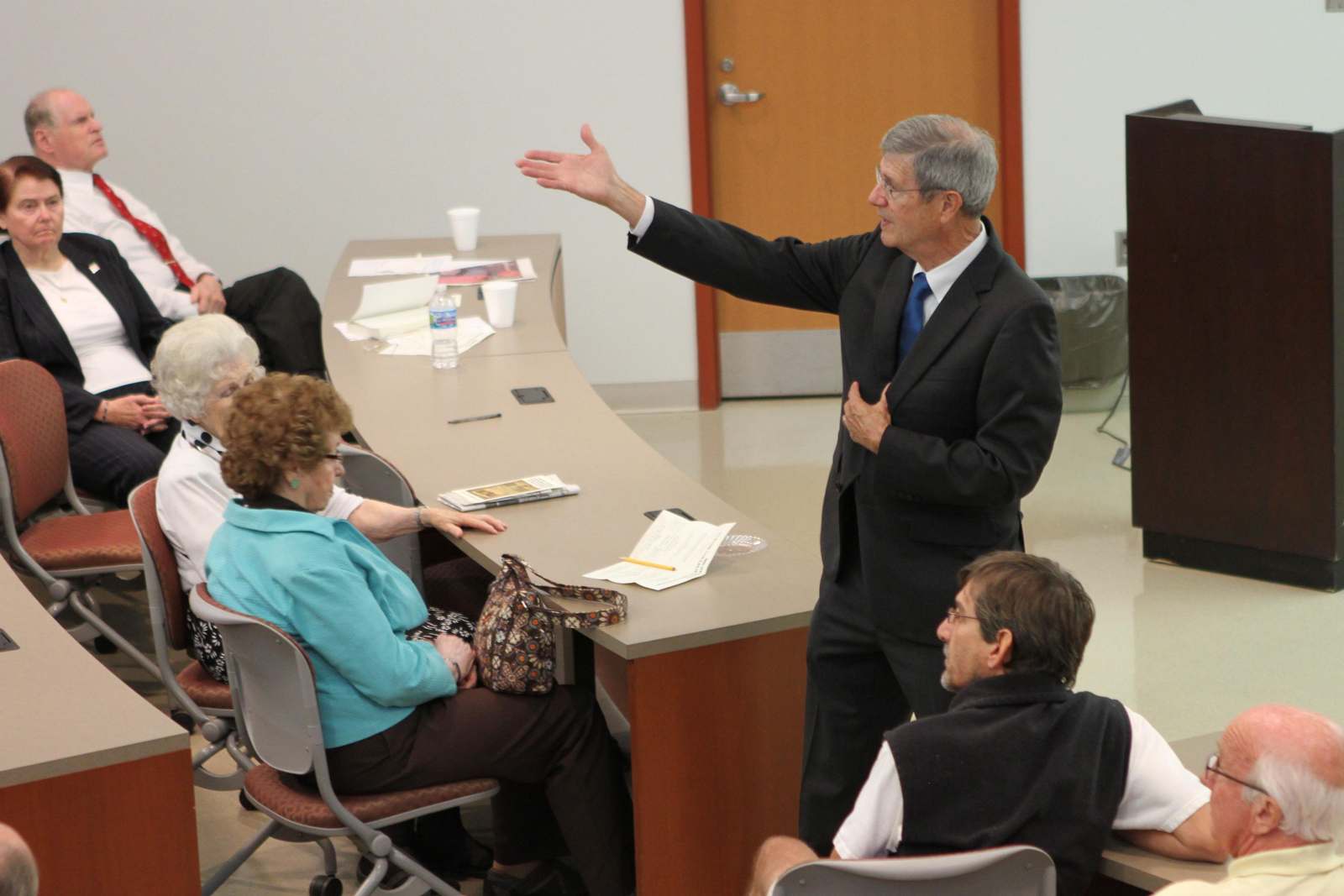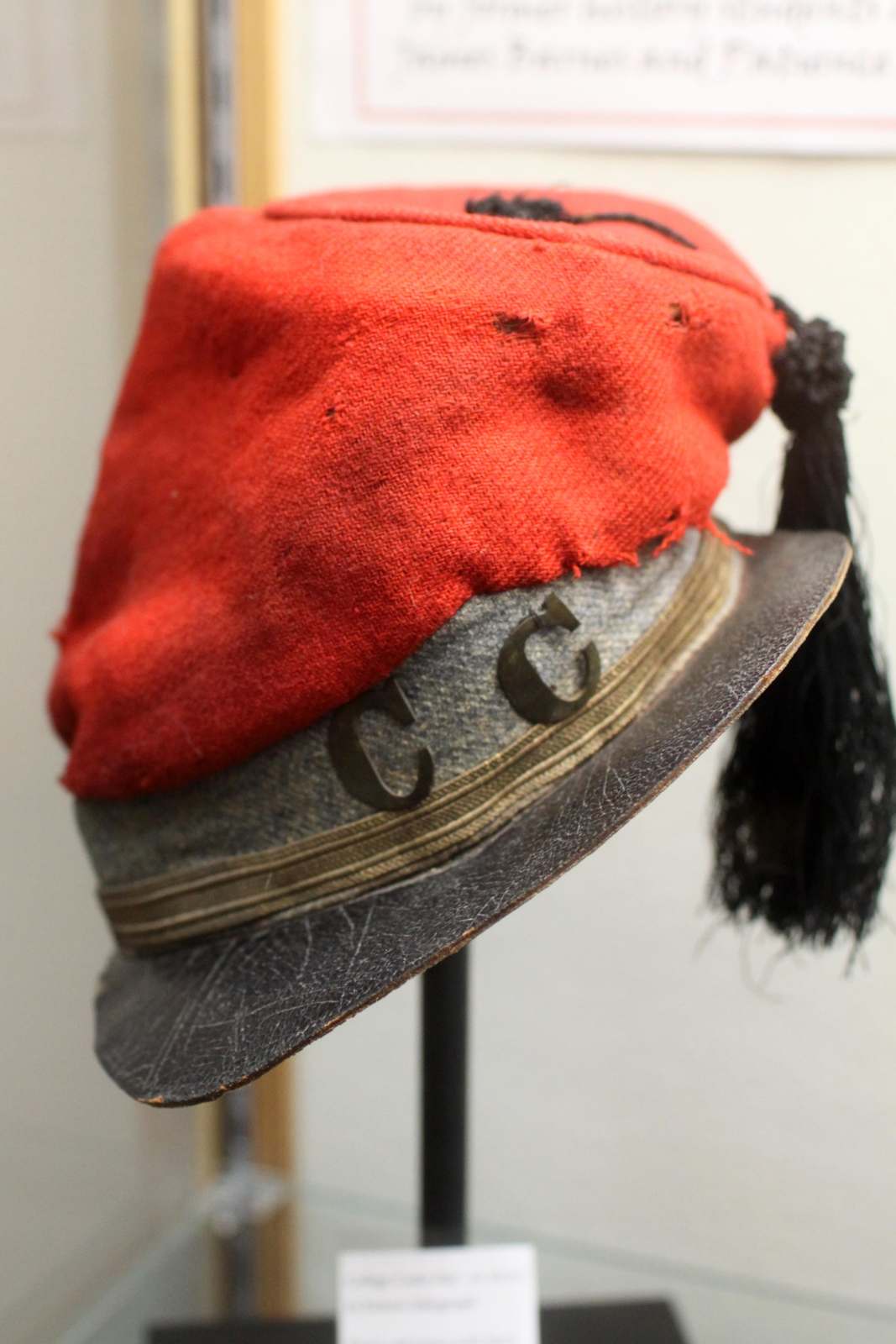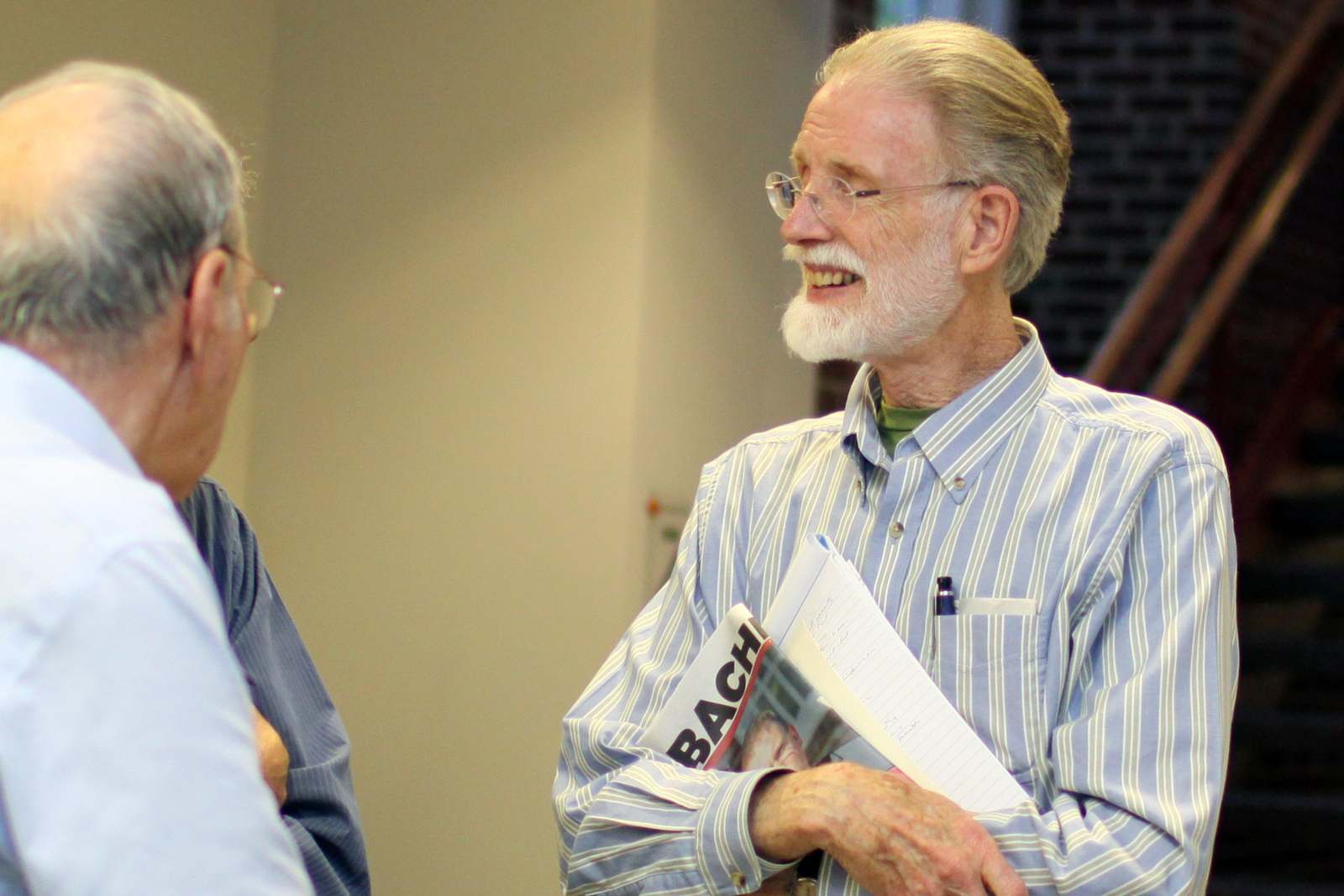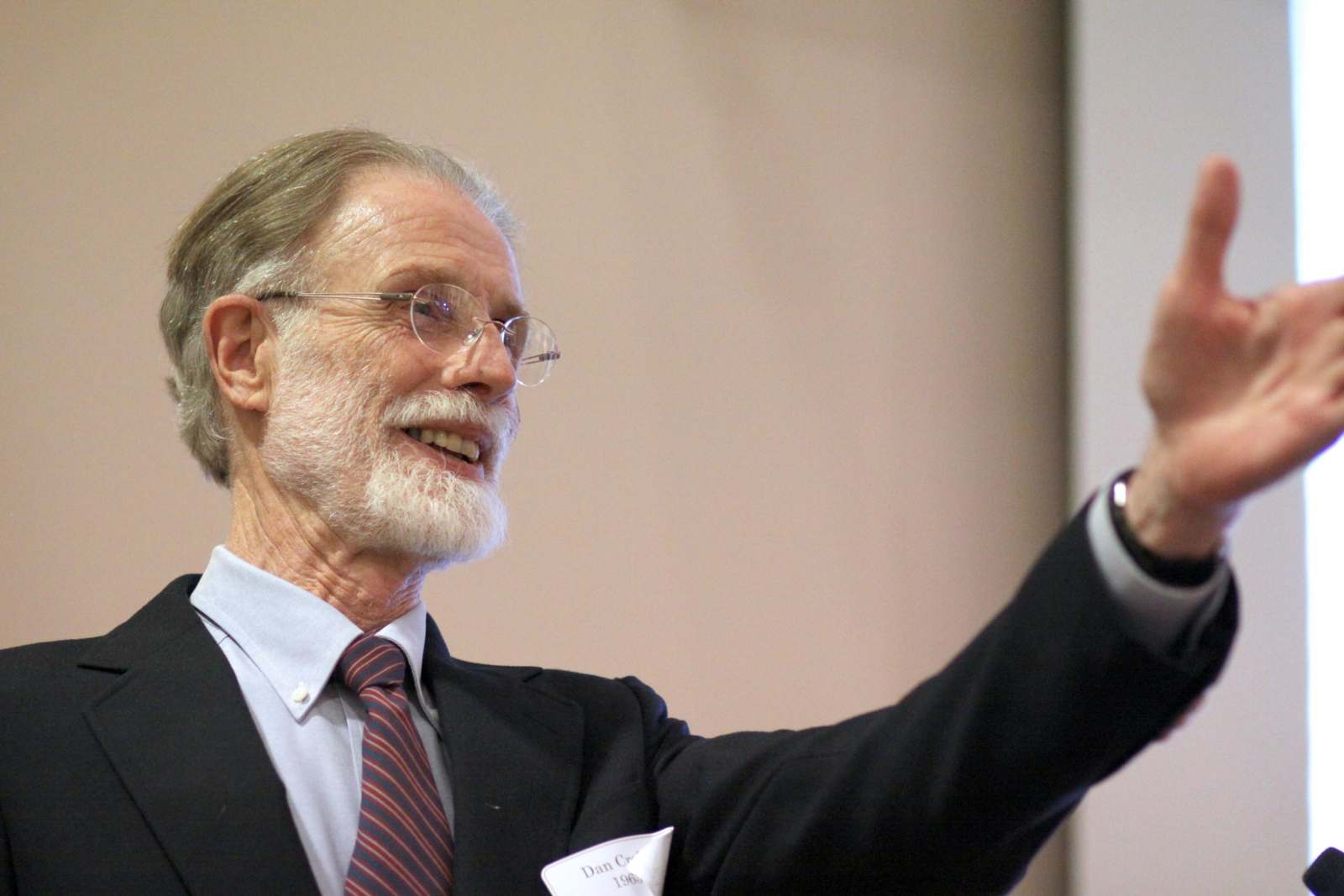500 Strong: Wabash College in the Civil War
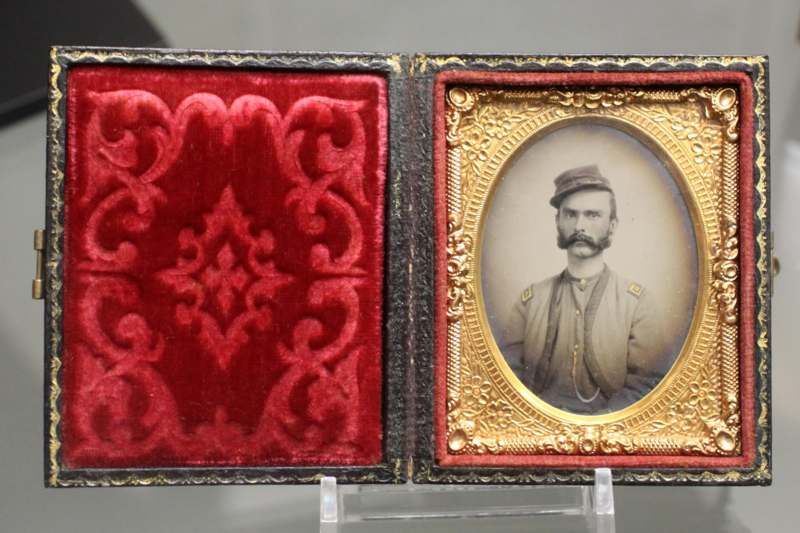
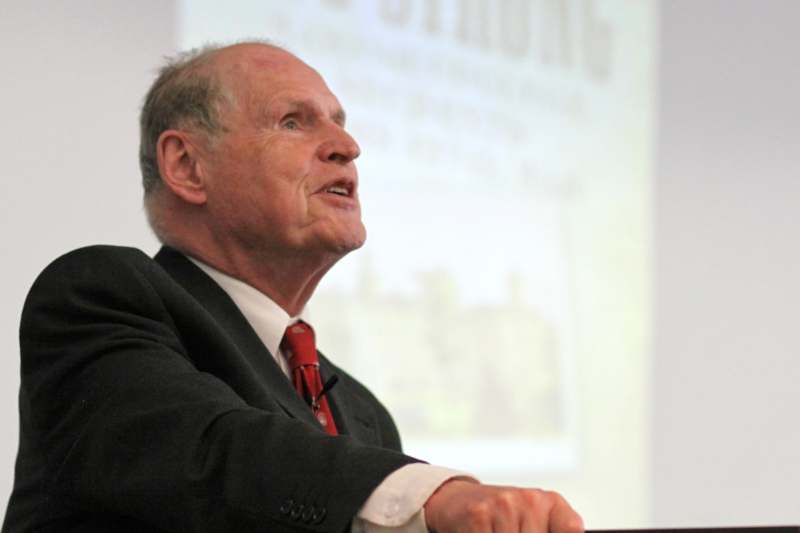
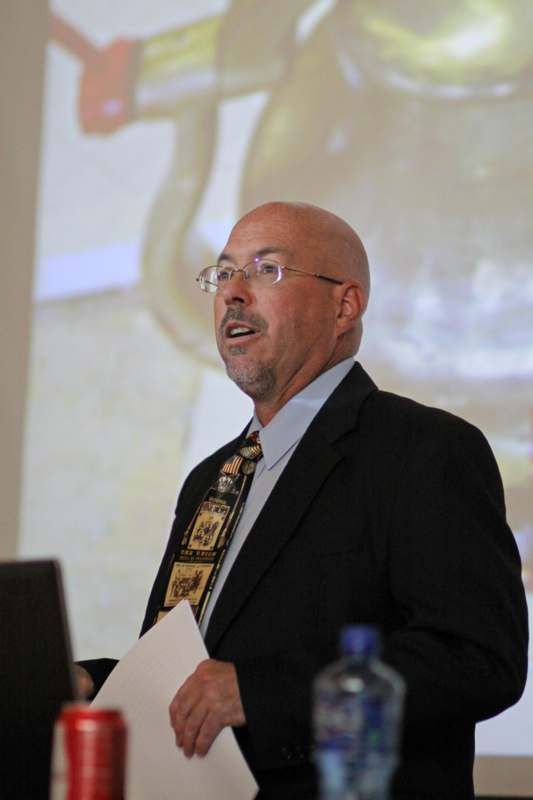
Wabash Sports Information Director Brent Harris switched hats to another passion—the study of the Civil War—and discussed the Battle of Chickagmauga, one of the bloodiest battles of the War and one in which more Wabash men died than any other fight of the conflict. Harris read from the diary of Henry Campbell, Wabash Class of 1871, who fought at Chickamauga and whose descriptions included fighting in the infamous 'Ditch of Death': “The roar is perfectly awful - nothing can be compared with it. - If ten million pieces of sheet iron were all shaken at once it wouldn't be a drop in the bucket… About 3 o'clock the Rebels made a furious charge on us, drove the skirmishers back from the ditch in our front, and occupied it. Captain Lilly moved forward two guns on the left, to a position where he would rake the ditch from end to end, opened out with thribble charges of canister down the ditch, which compelled the Rebels to retreat in confusion. The ditch was literally full of killed and wounded and proved to be a self made grave for hundreds of them.'
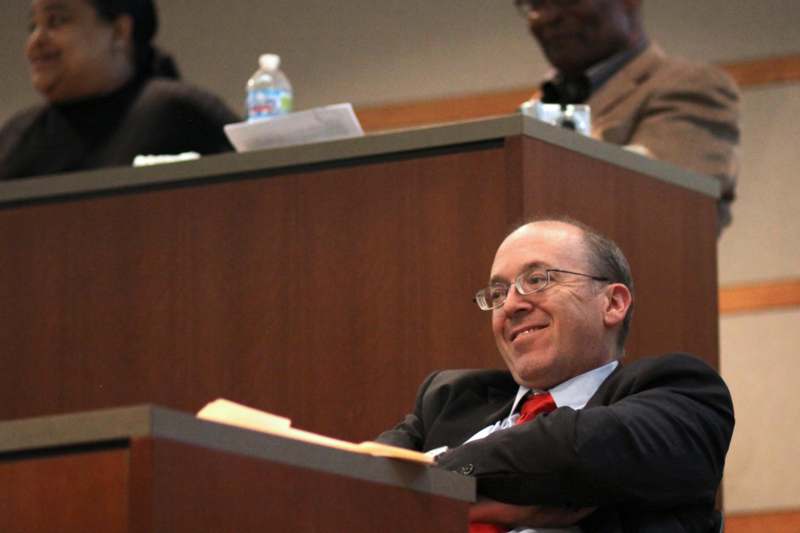
President Greg Hess was able to attend several sessions of the symposium, and at welcoming remarks at dinner thanked Jim and Patience Barnes for the event and for their many contributions to the College, including the guidance of the students who researched and wrote biographies of all the Wabash men who served in the Civil War. 'It’s a proud day for Wabash when you celebrate the publishing of a book written by Wabash men about Wabash men,' Hess said, 'and edited by an honorary alumnus, Jim Barnes and his research assistant and wife, Patience, and published by yet another Wabash man, Art Baxter and his wife, Nancy.'
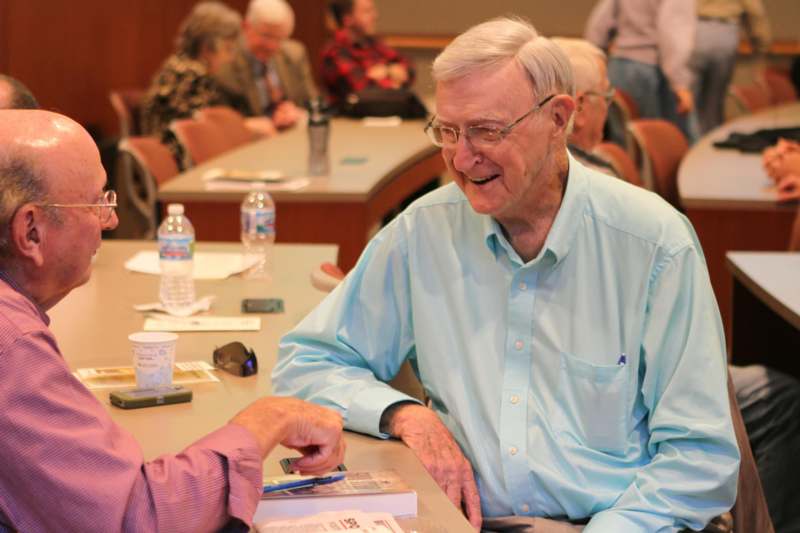
Bob Quirk '50 talks with Tom Milligan '63 after Quirk's presentation. Quirk read from his great-uncle's diary he kept during the Civil War. His great-uncle received a medical discharge due to illness but was later captured by the confederates. He managed to escape, got a mule ride to Nashville, then took the train to Indianapolis. He died shortly after returning home from illness caused by poor conditions during the war.

During welcoming remarks at the Symposium, Wabash President Greg Hess said that every day he walks into Center Hall he is reminded by this Roll of Honor of the service and sacrifice of Wabash men in the Civil War. 'The Roll of Honor lists Wabash students and alumni who fought in the Civil War, and it includes the big names of major generals like Lew Wallace, Edward Canby, Joseph Reynolds, and Lt. Col Isaac Elston, in whose home I now live,' Hess said. 'But Wabash men were also chaplains and surgeons, and scores of Wabash men served as commissioned and non-commissioned officers and infantrymen.'
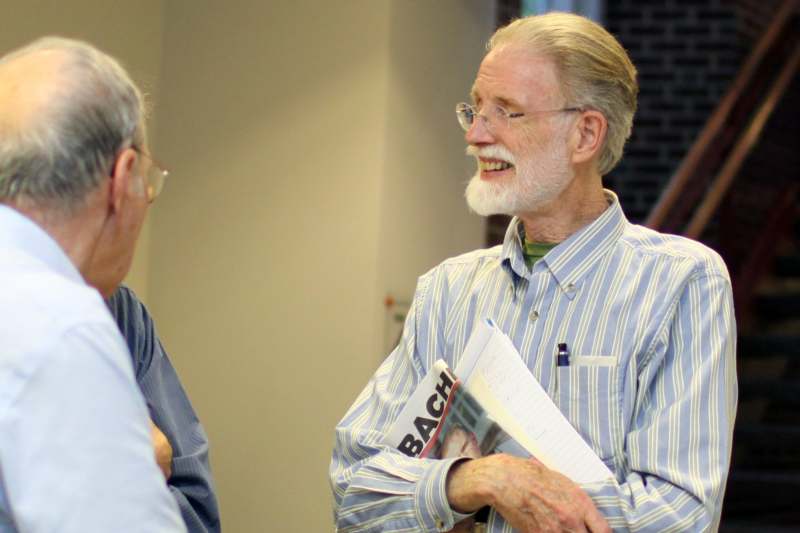
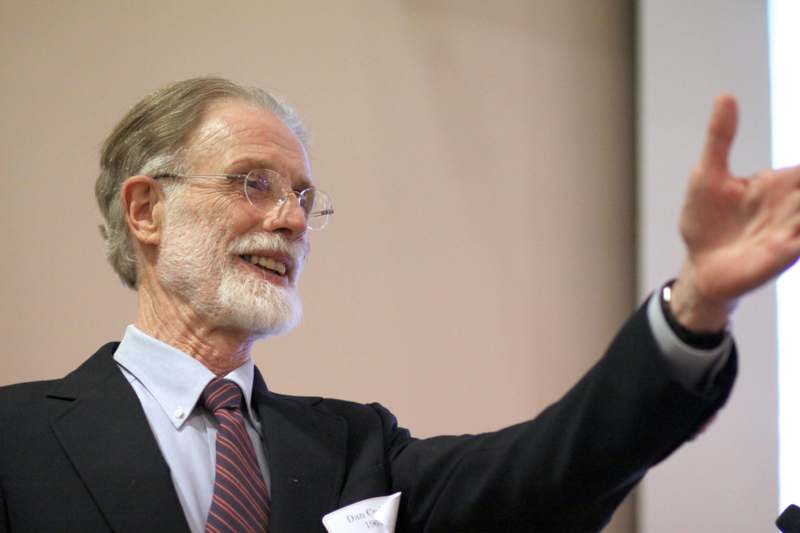
Professor Crofts began his presentation paying tribute to his Wabash mentors Professors Jack Charles H’52 ('He made me realize it could be fun to study history') and Professor and Dean Steve Kurtz ('He made it plain to me that the study of history demanded moral and ethical sensibilities, and he put me on the direction I've been pursuing ever since then.') Professor Crofts' specialty is the American history in the years immediately prior to the Civil War. After sharing six insights from those studies (the sixth being that without the Civil War, there would be no promise of equality or the equal protection clause in the 14th amendment to the Constitution), he turned to the focus of his new book, 'the would-be 13th amendment' that was passed by Lincoln and Republicans in 1861 before his inauguration and which would have prohibited Congress from abolishing or interfering with state-allowed slavery. The contrast between that amendment and the 13th Amendment Lincoln worked so hard to pass in 1864-65 shows not only the power the Civil War had re-shaping politics, but also the folly of the seceding states, called by one historian 'the strongest example of bad judgment in American history.' Extremists in the South led secession, extremists in the North supported war, and those extremes pushed circumstances out of control and into conflict, yet the outcome led to perhaps the most important amendments to the Constitution. 'And If there had been no war,' Crofts said, 'there would have been no end to slavery.'

